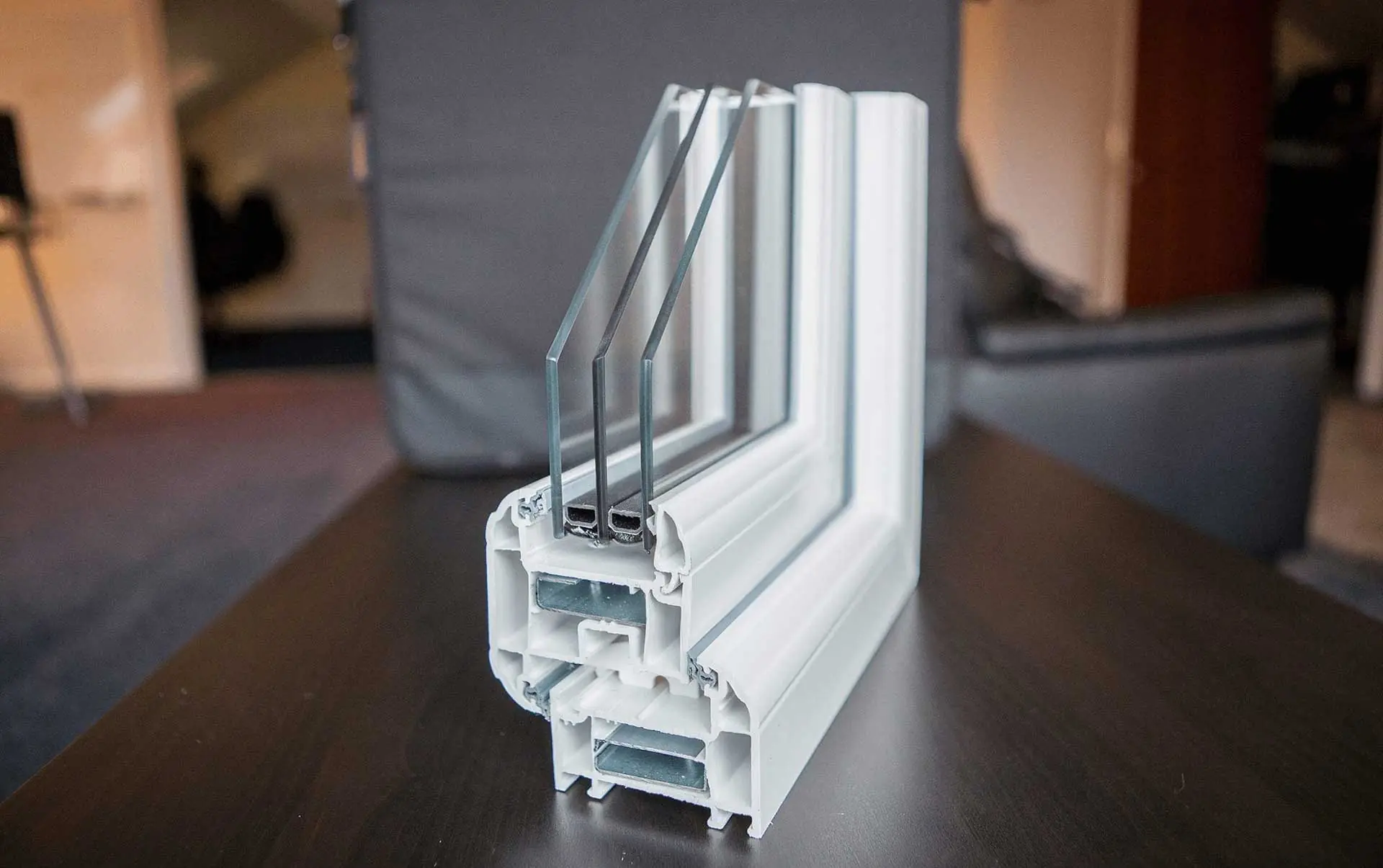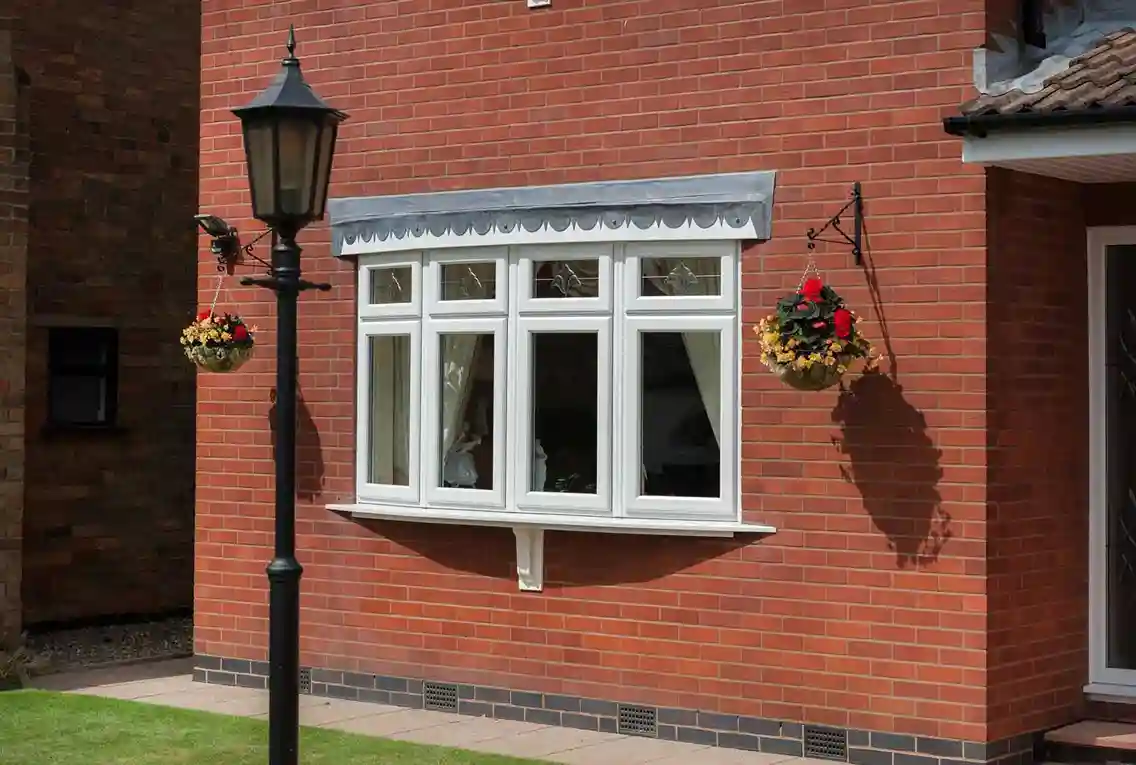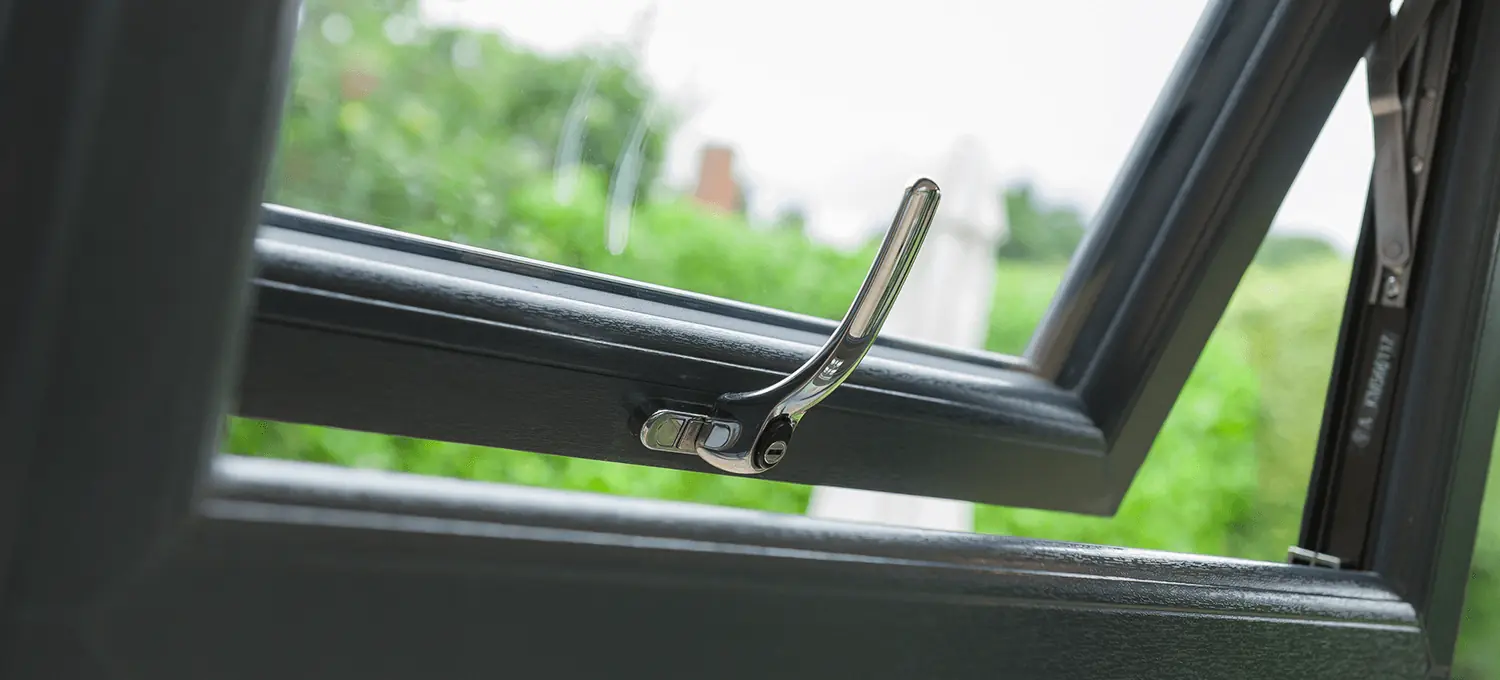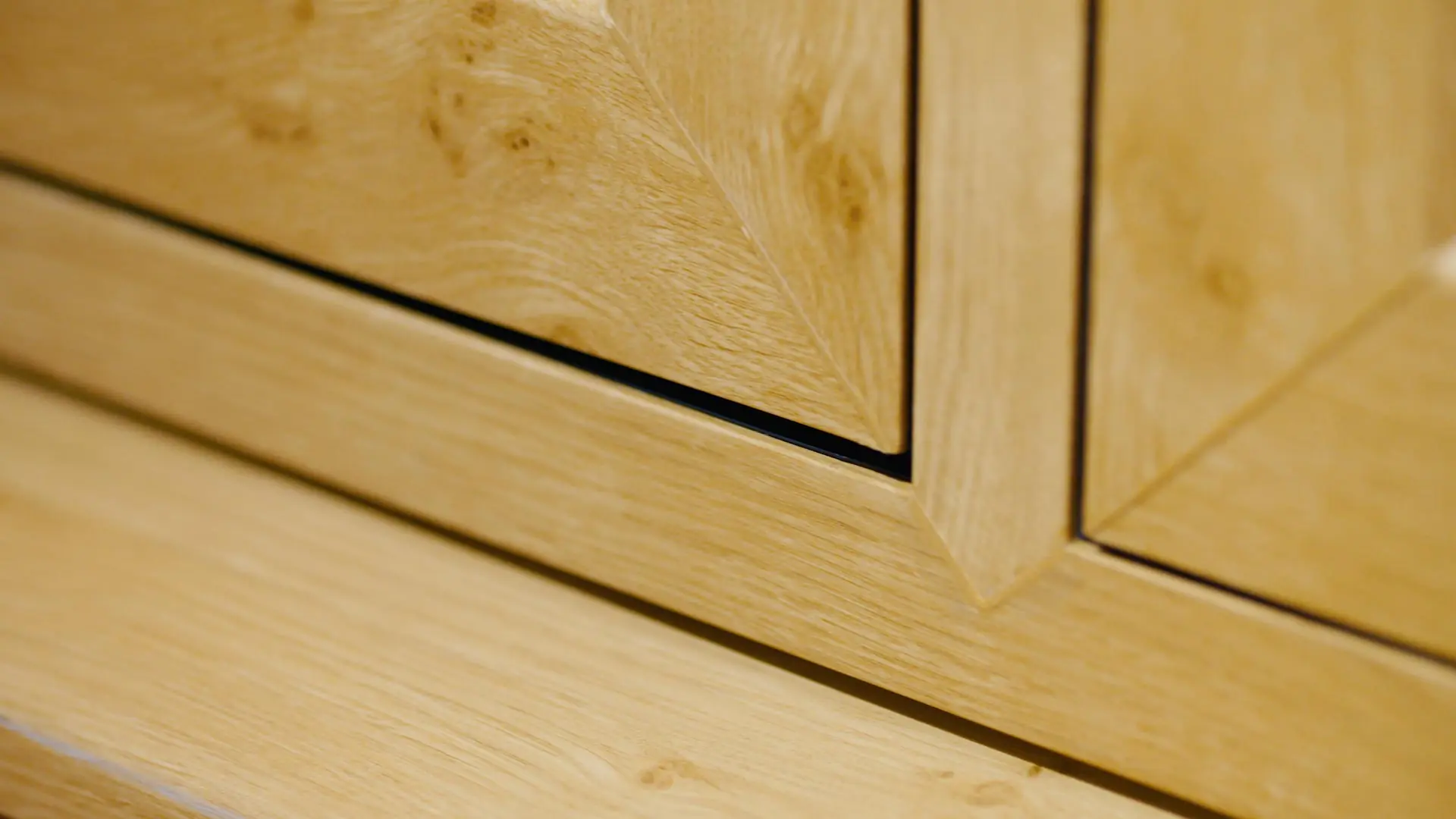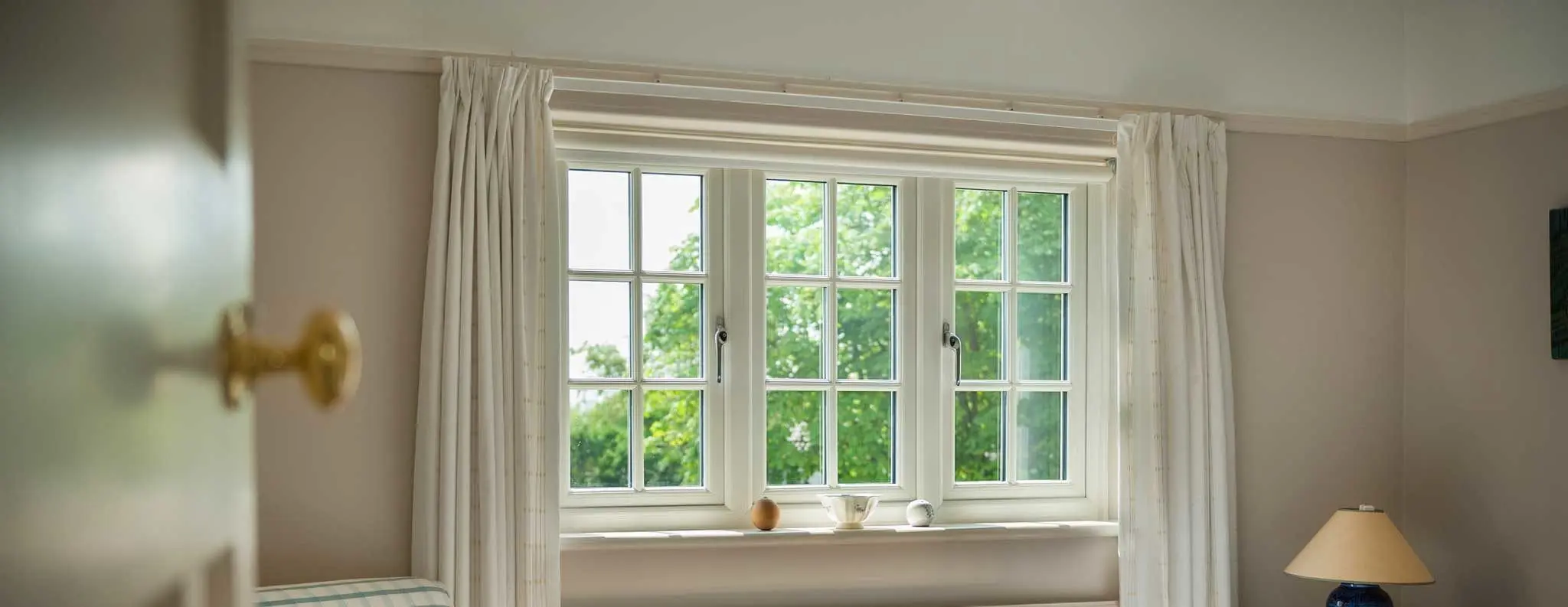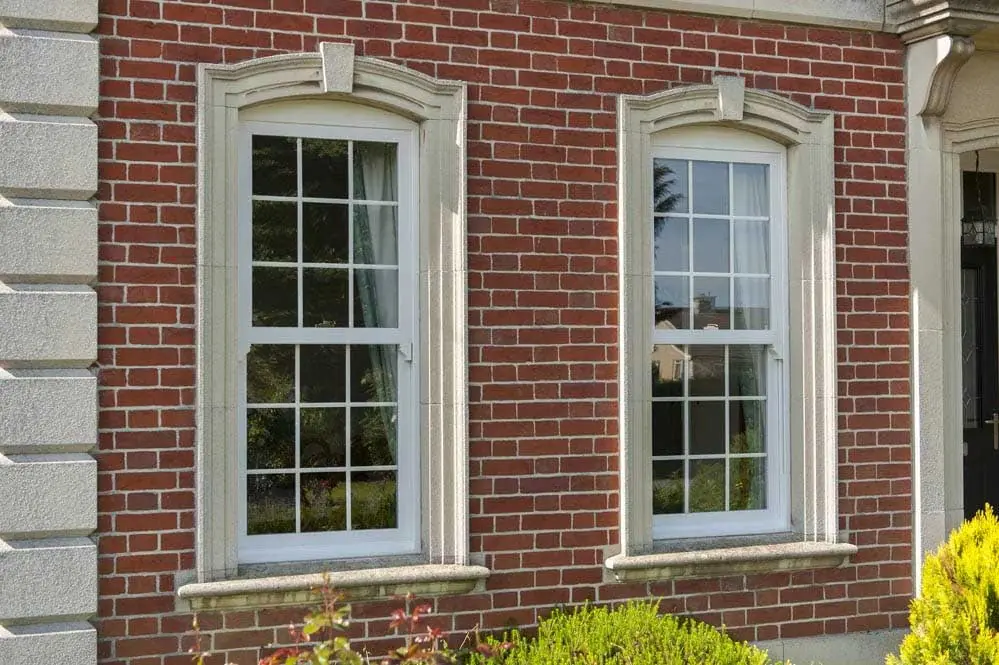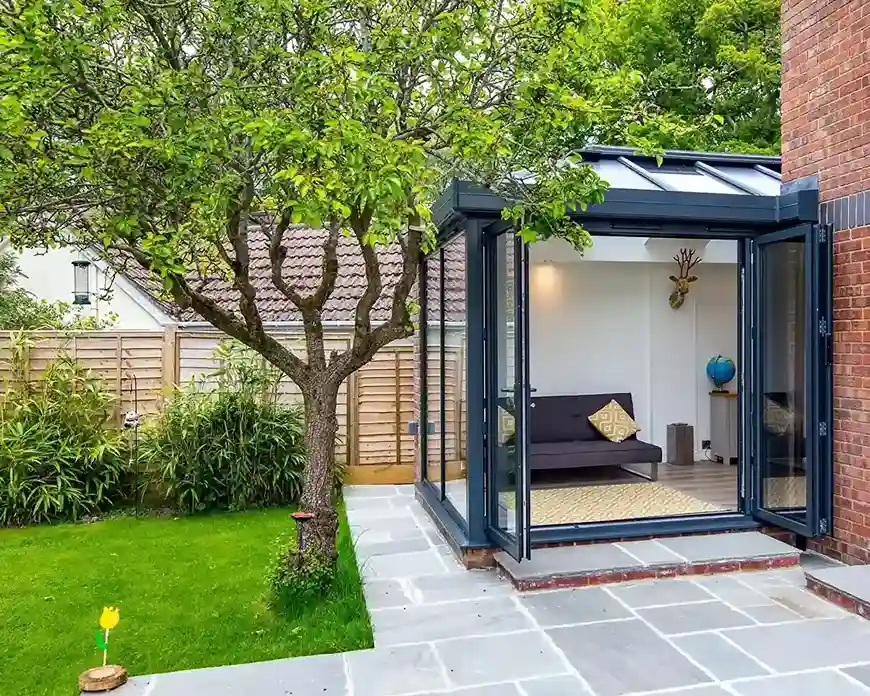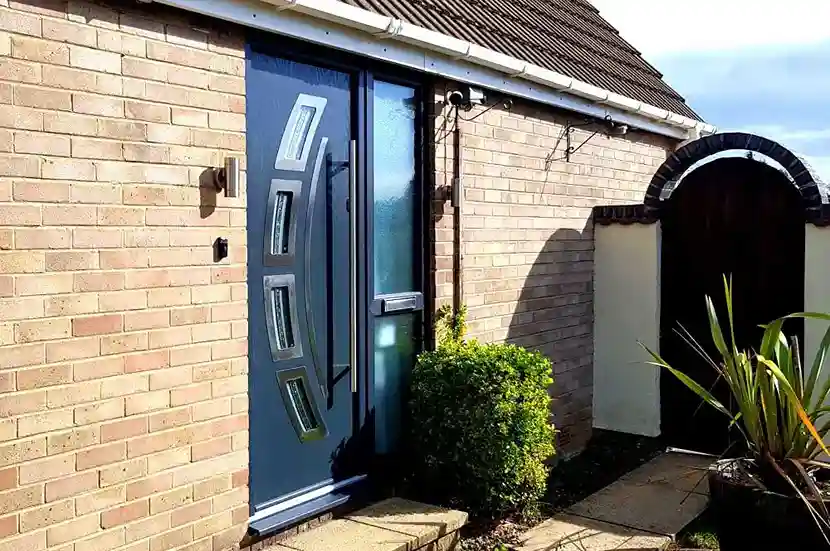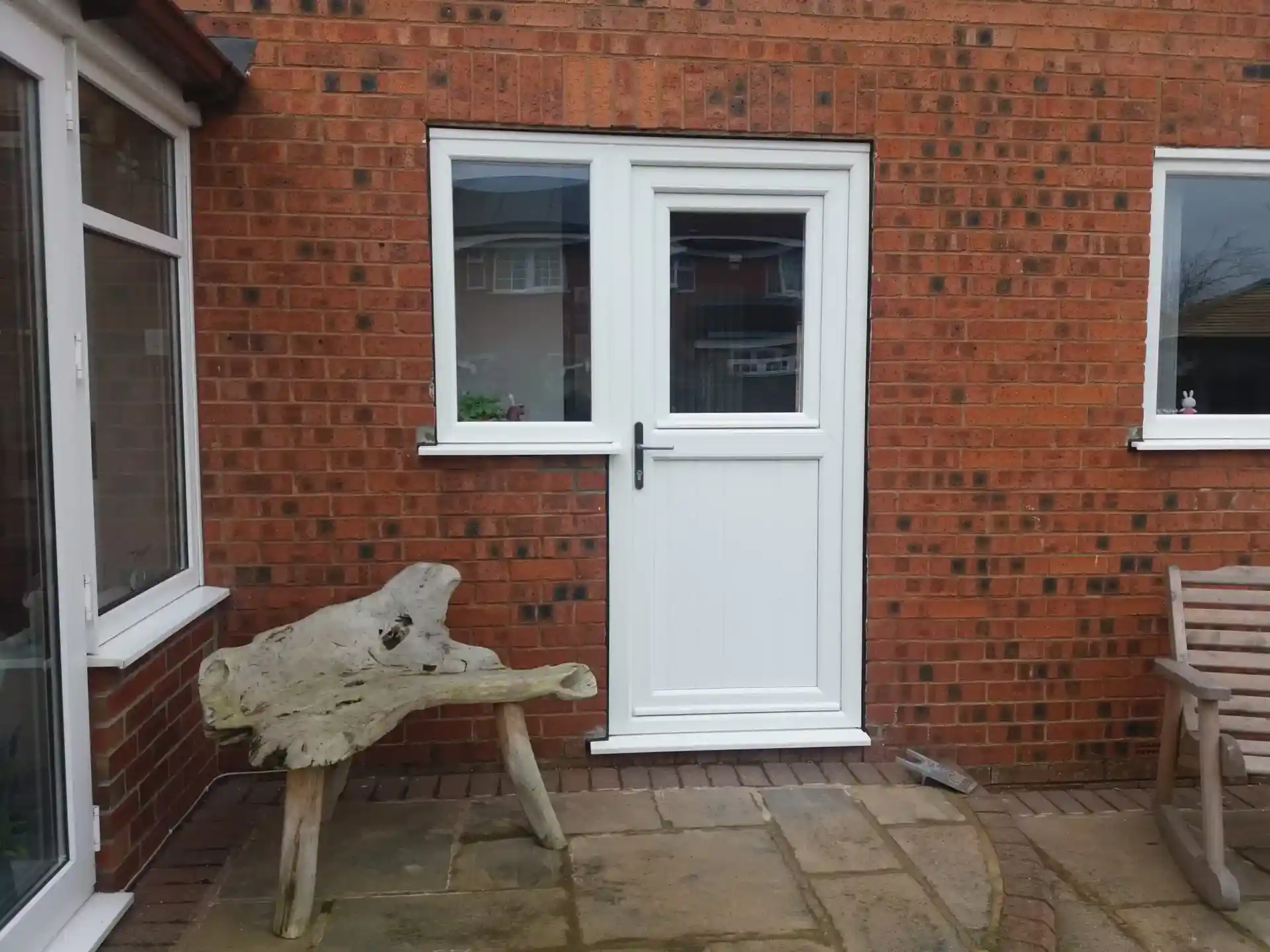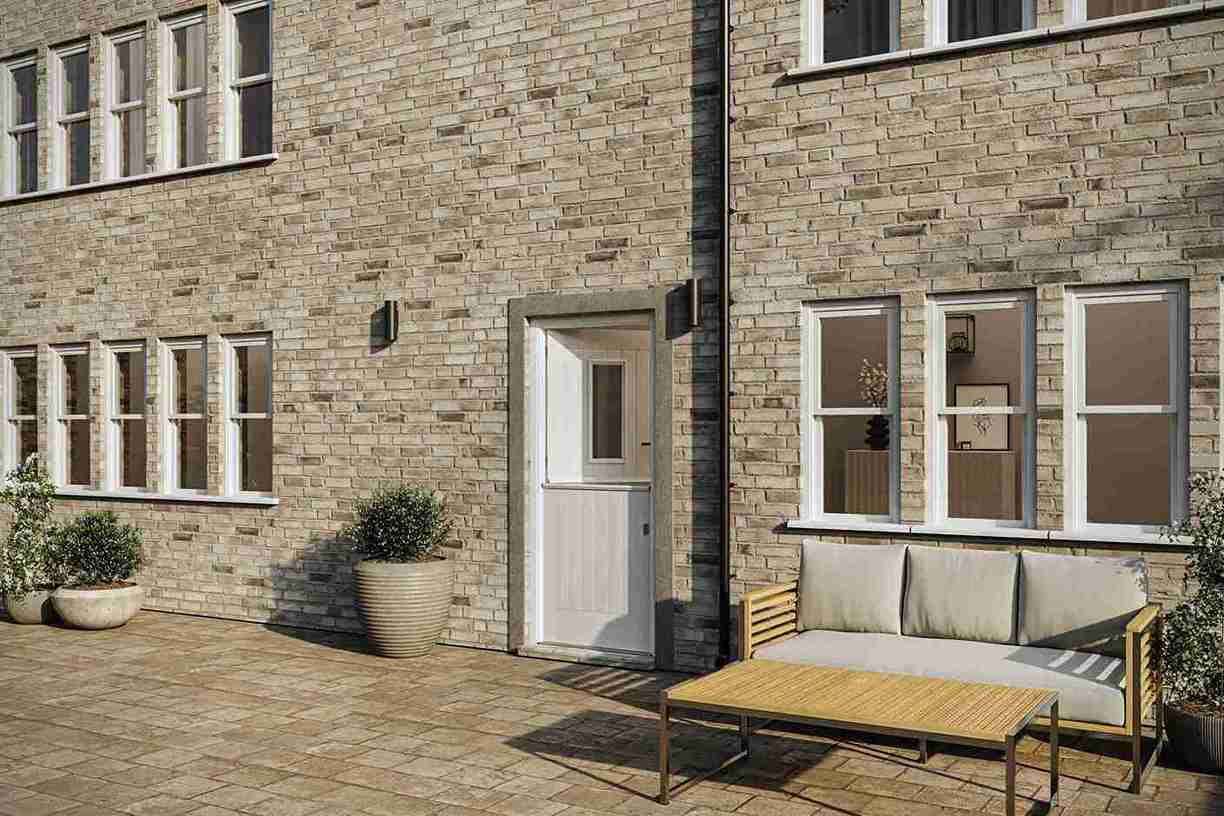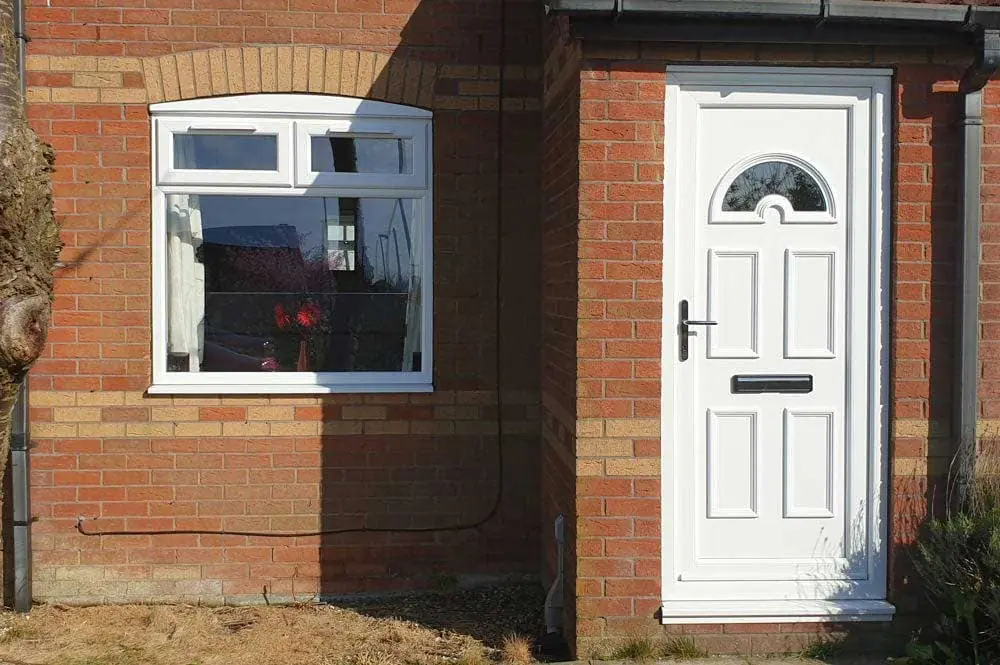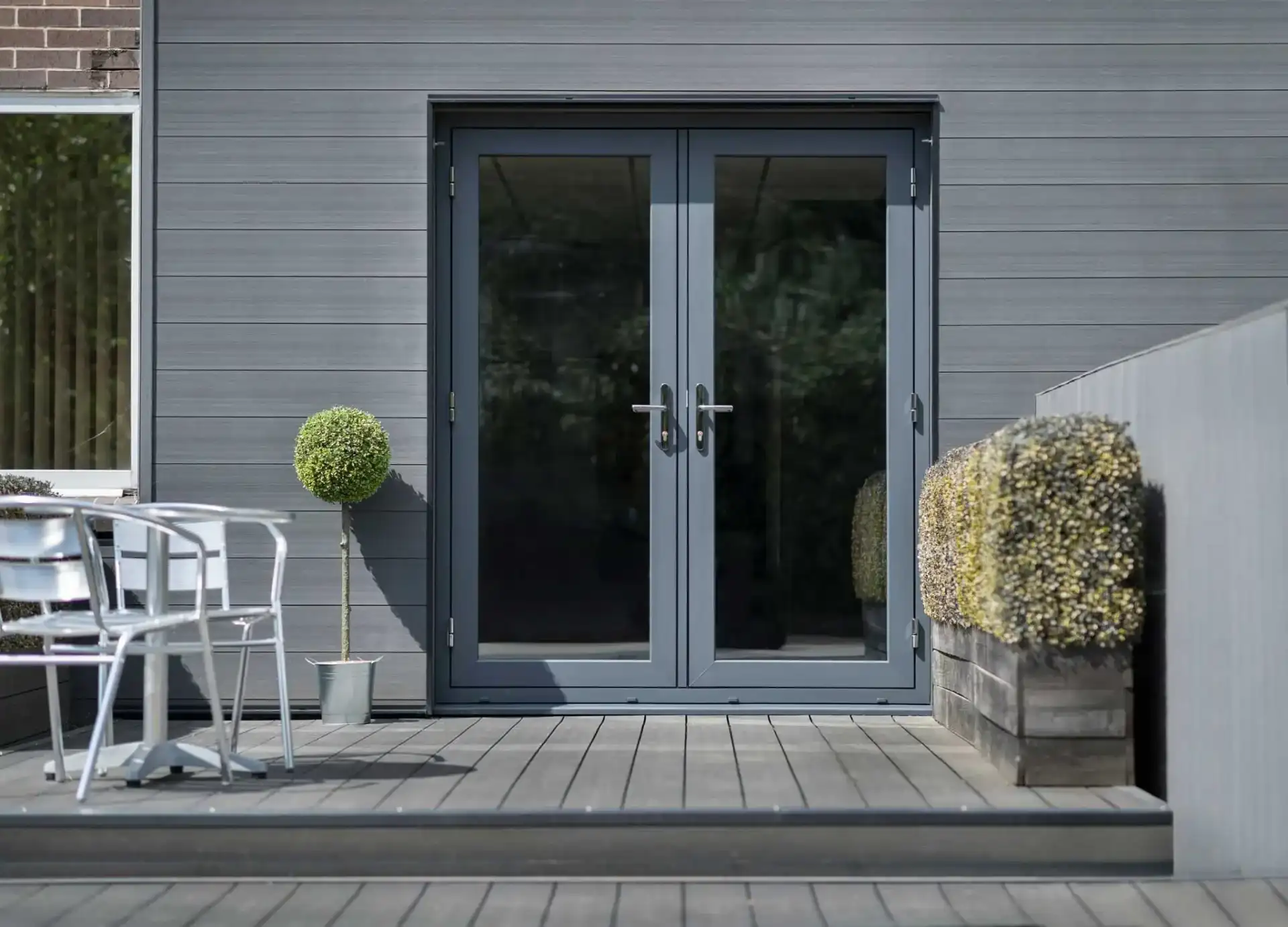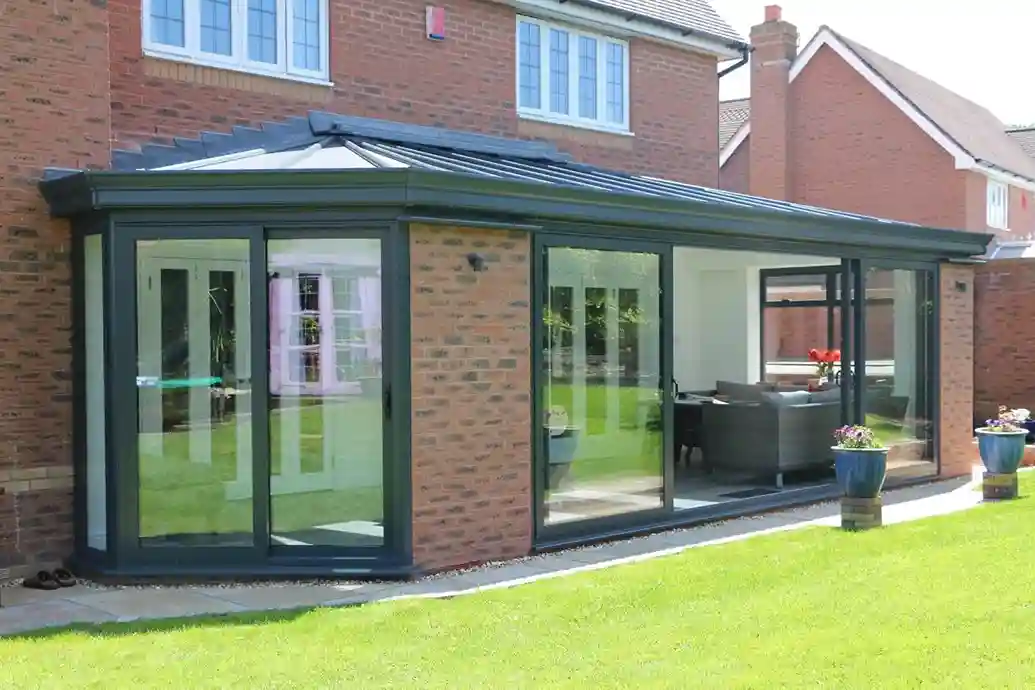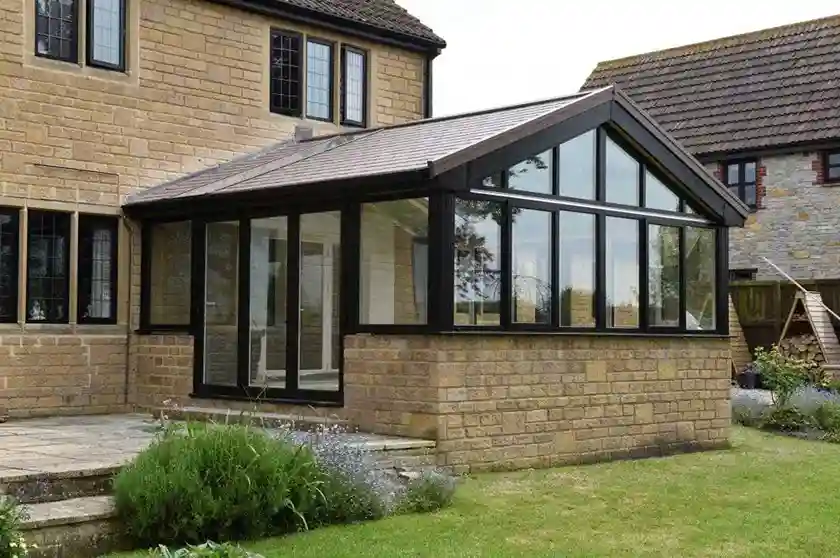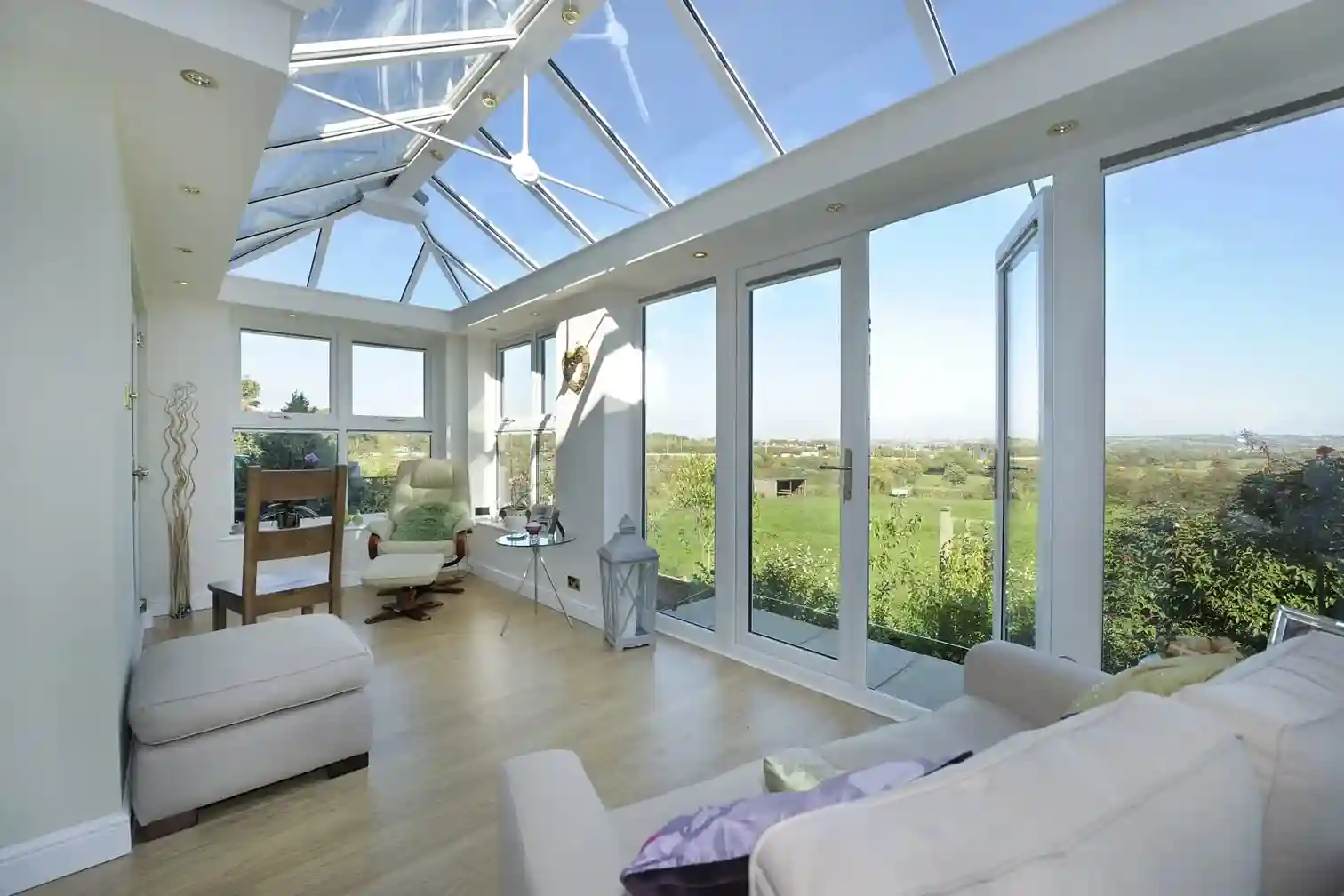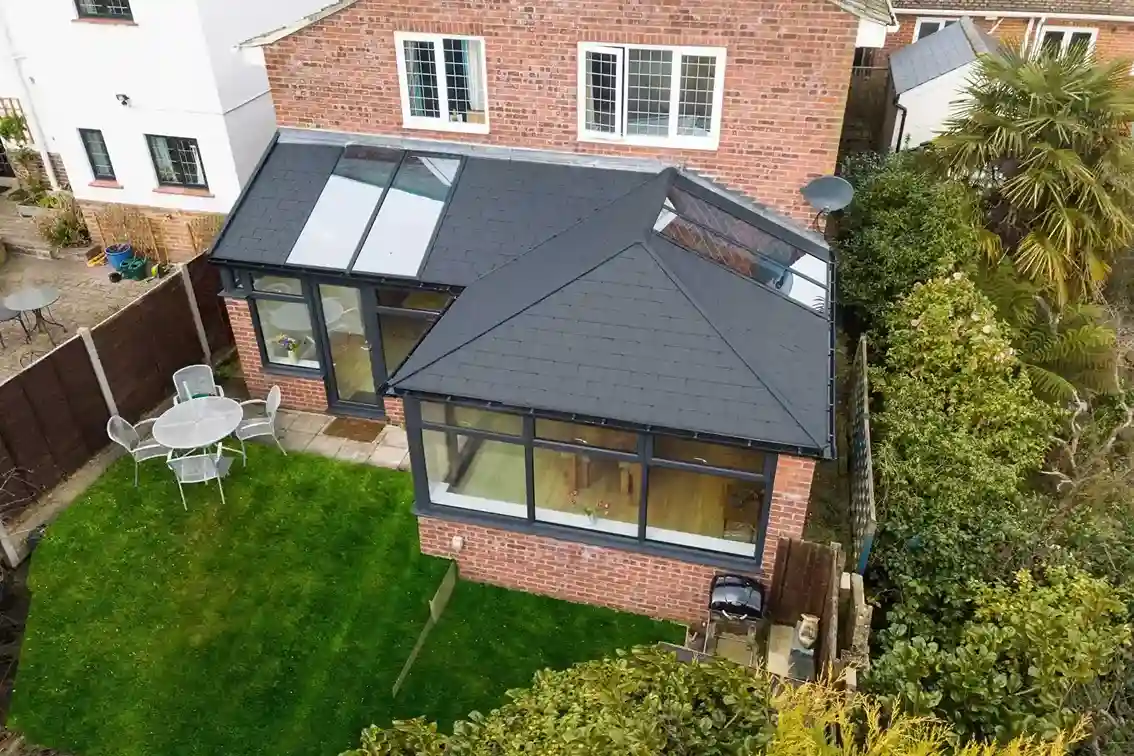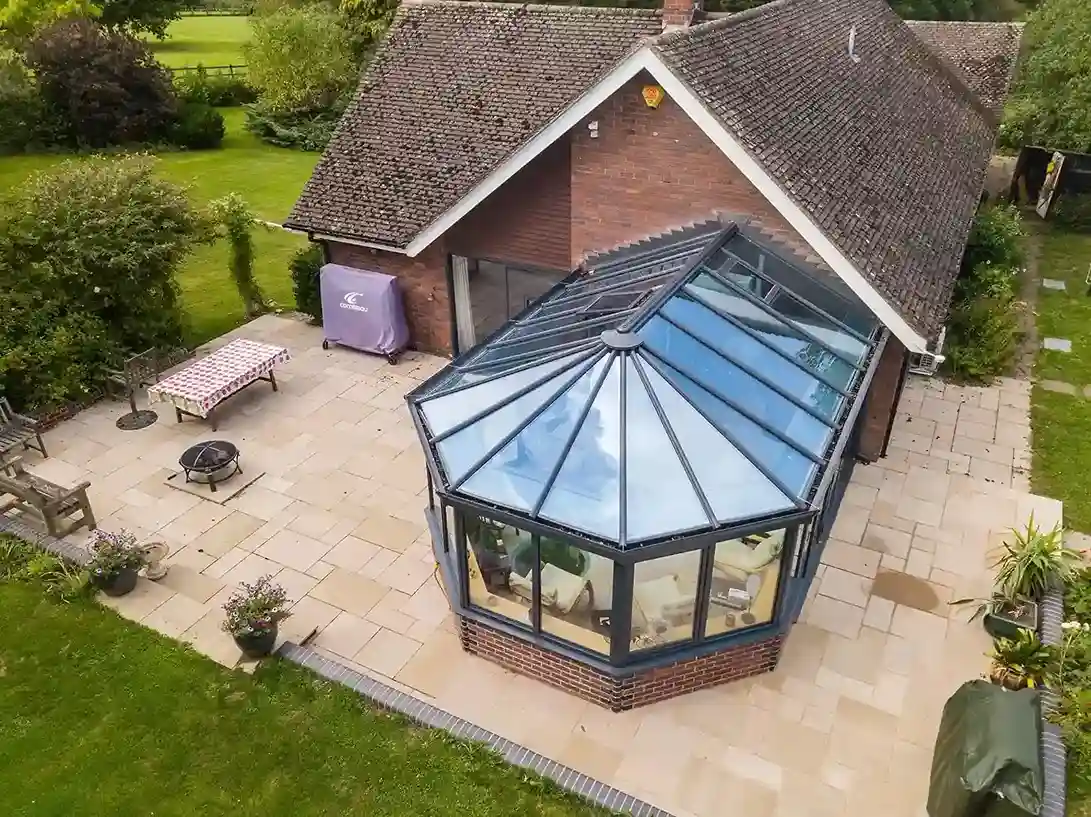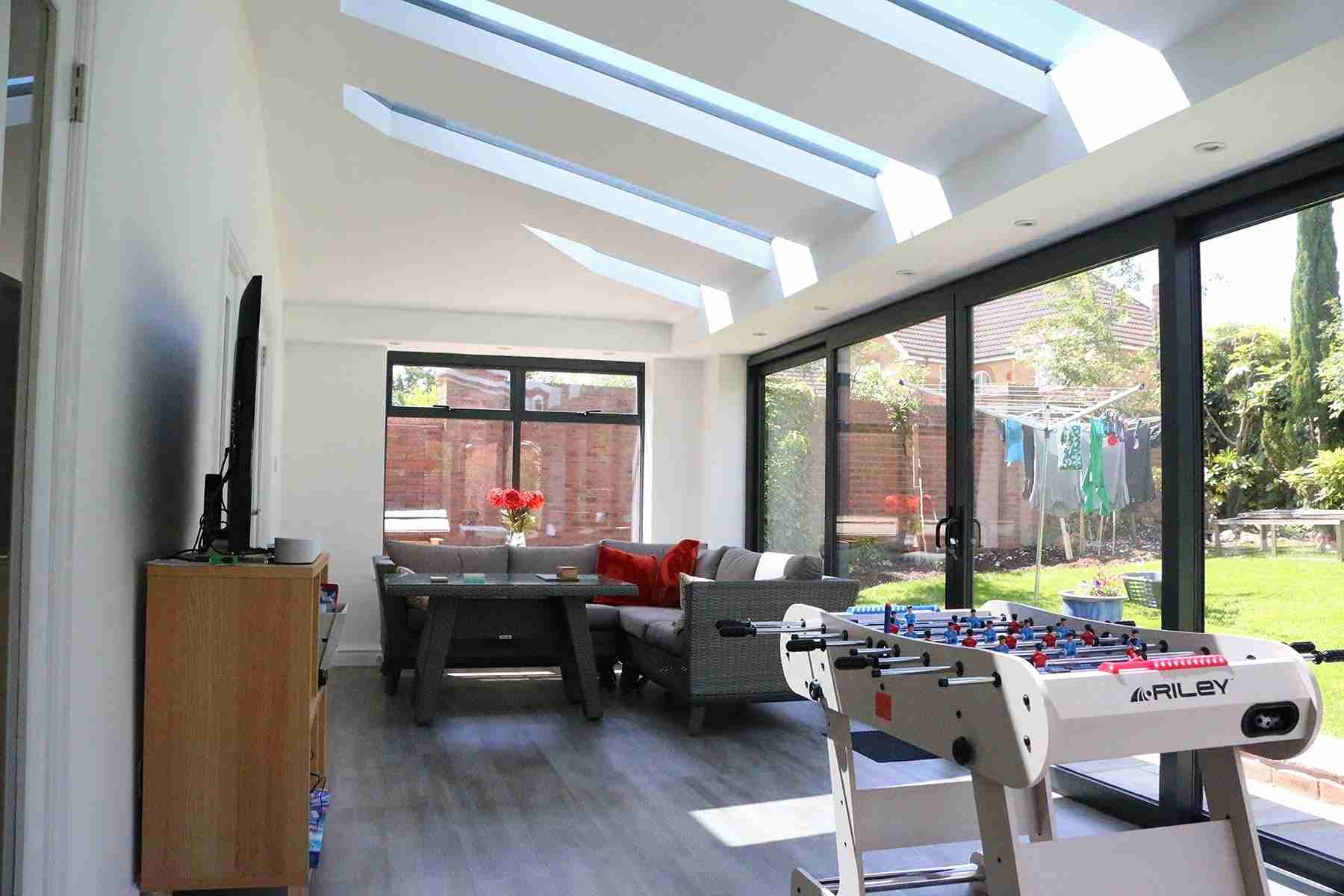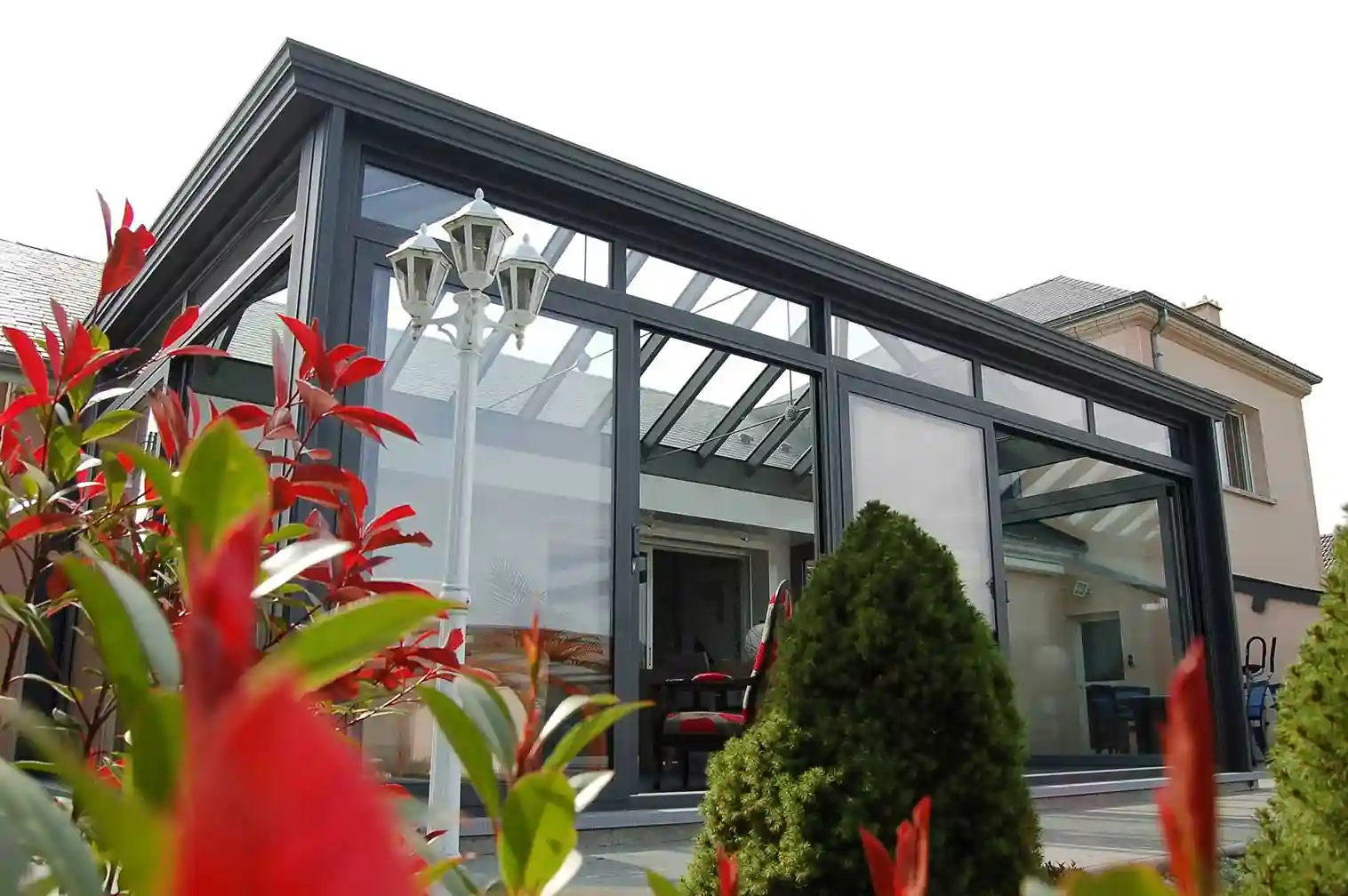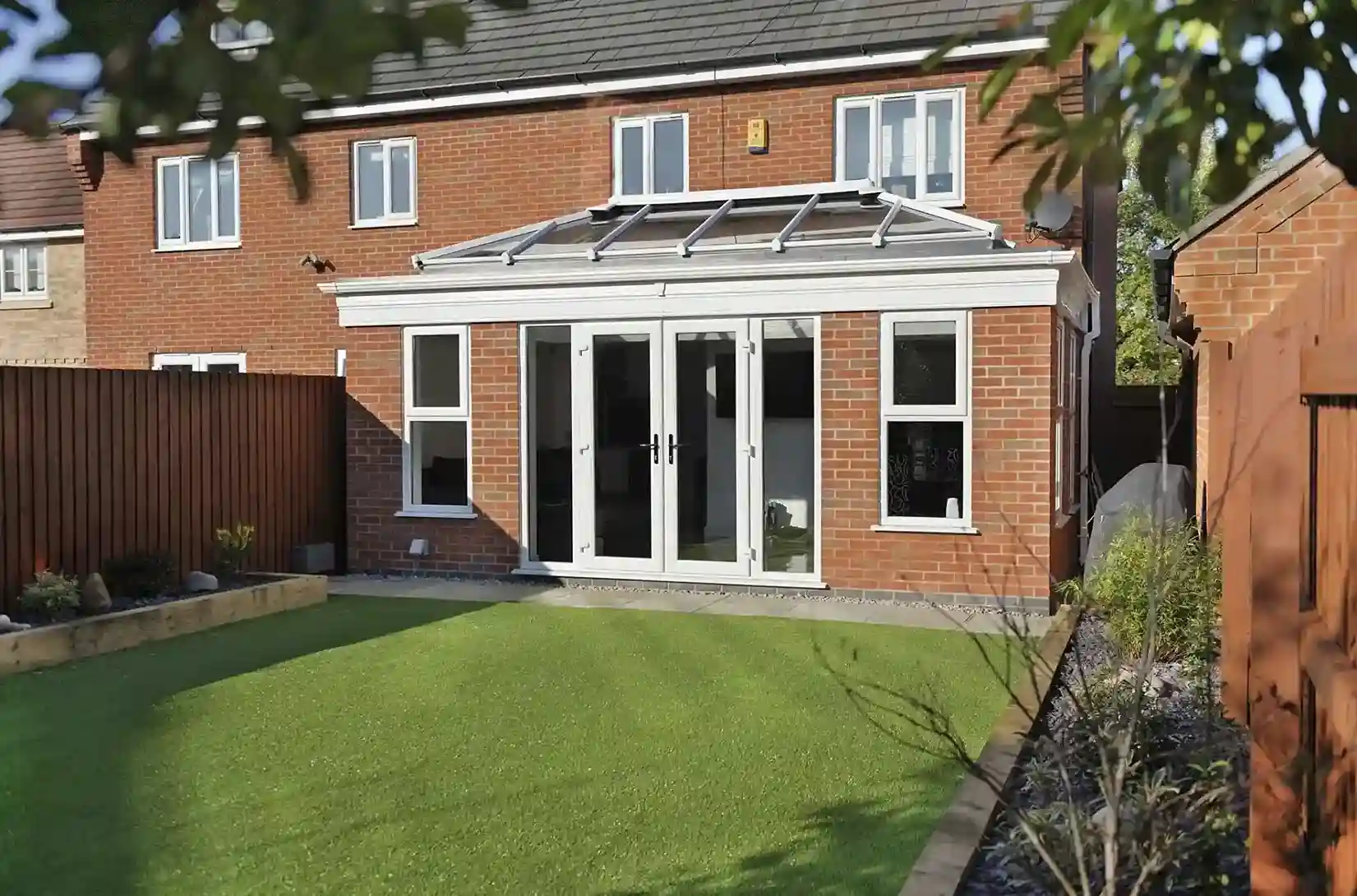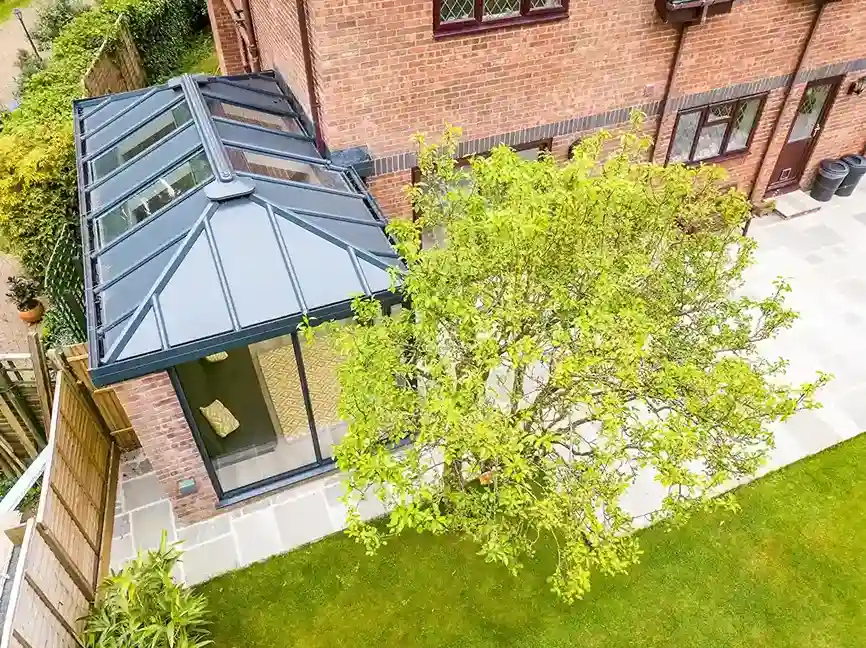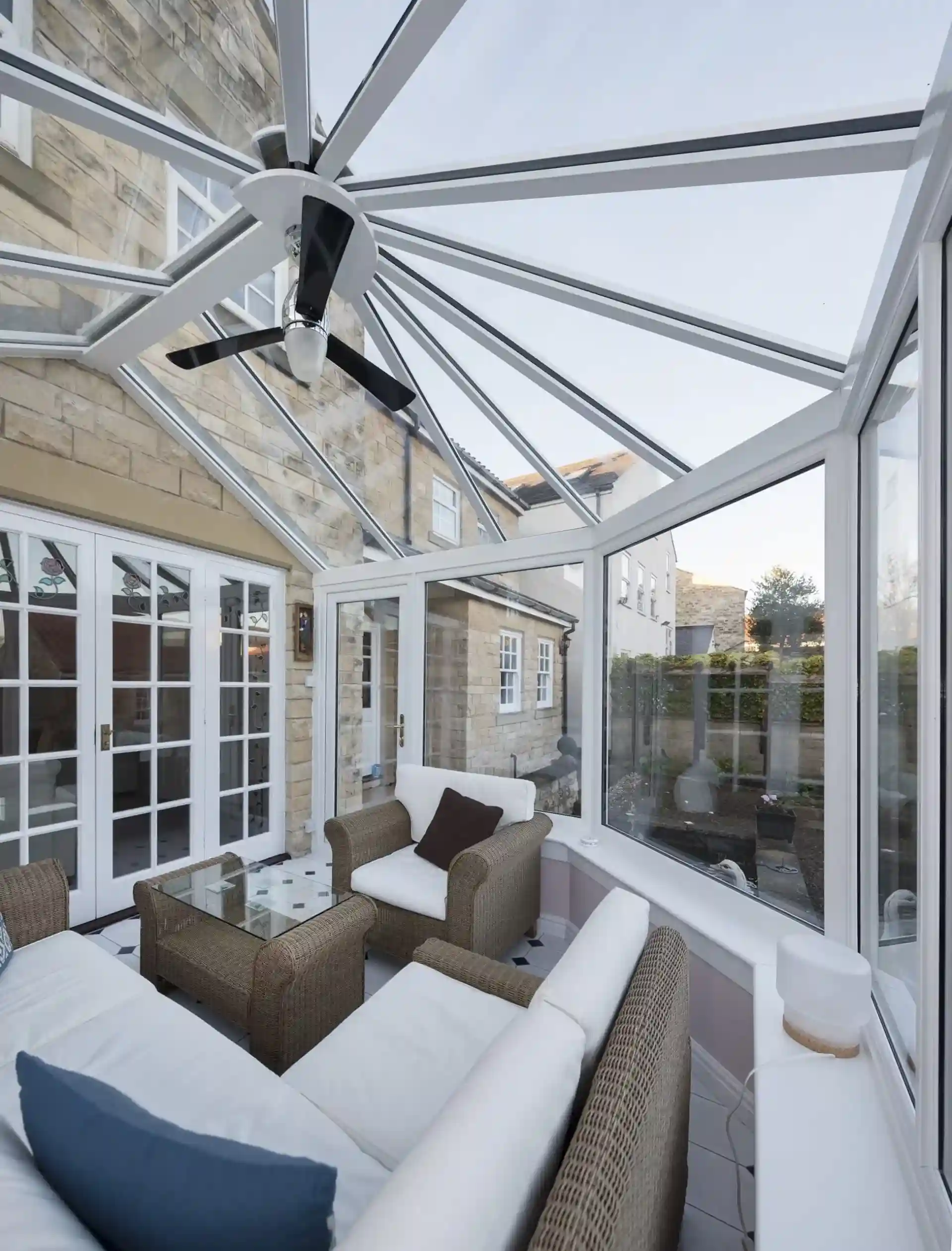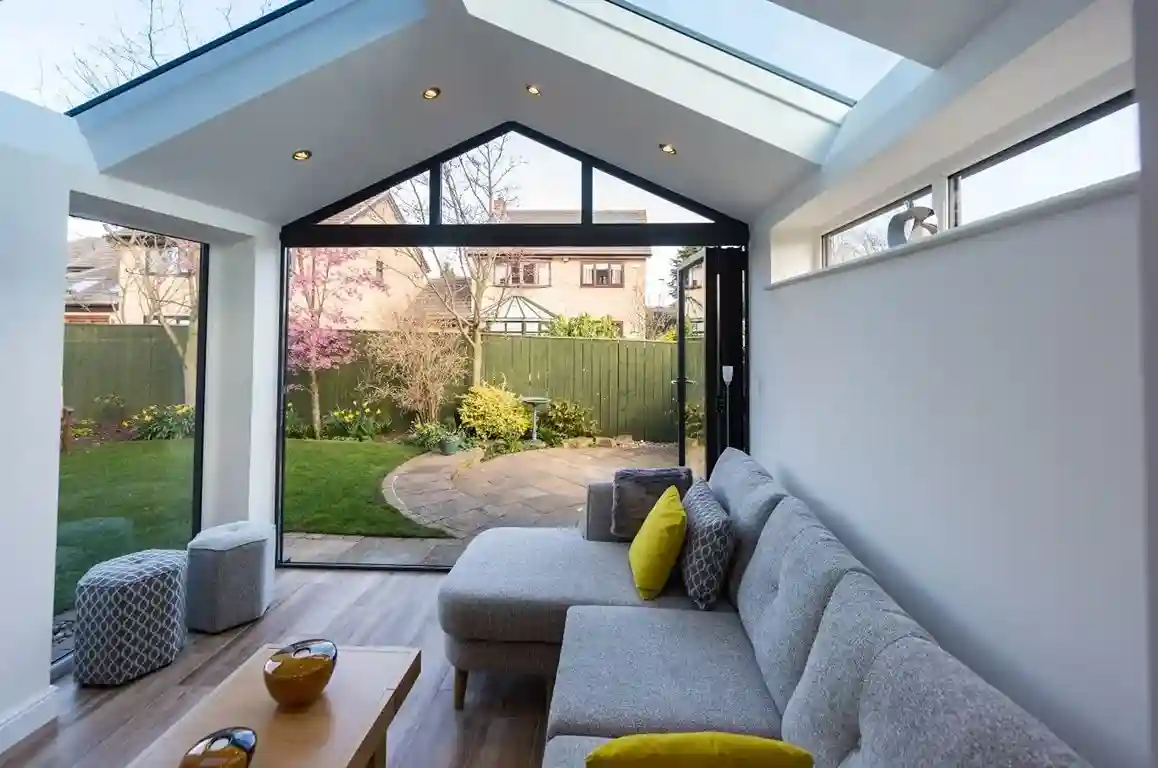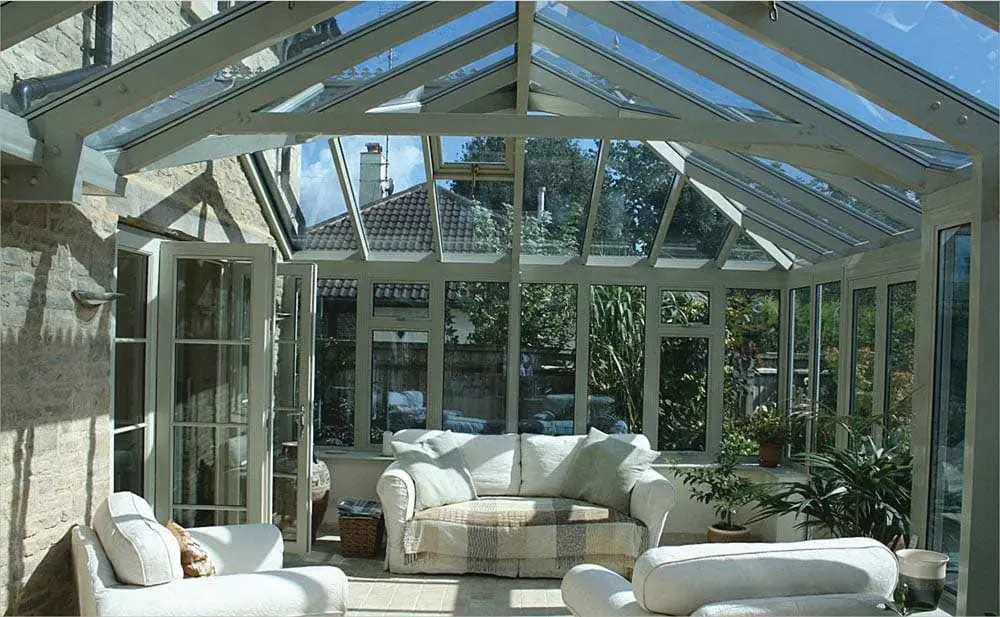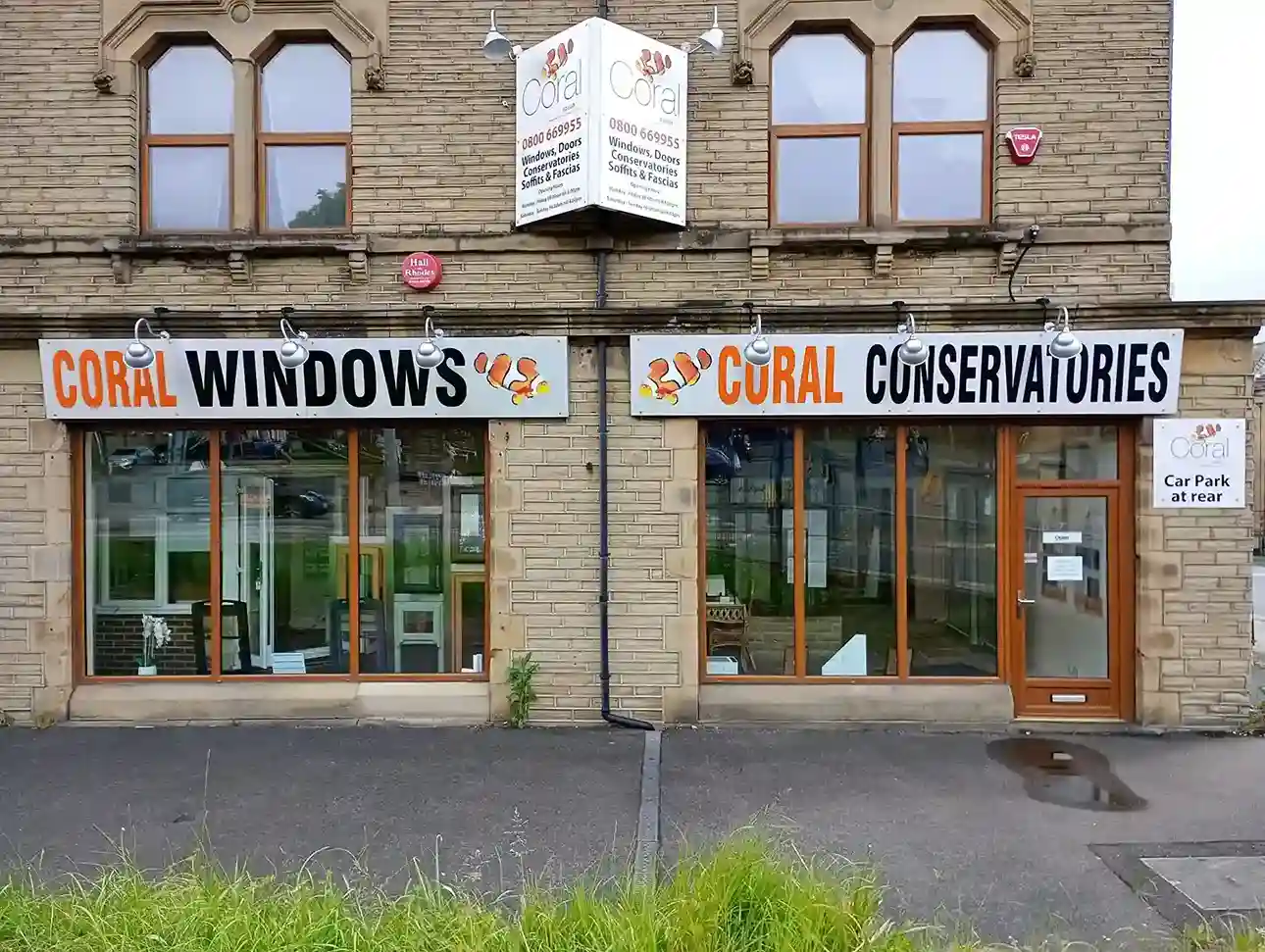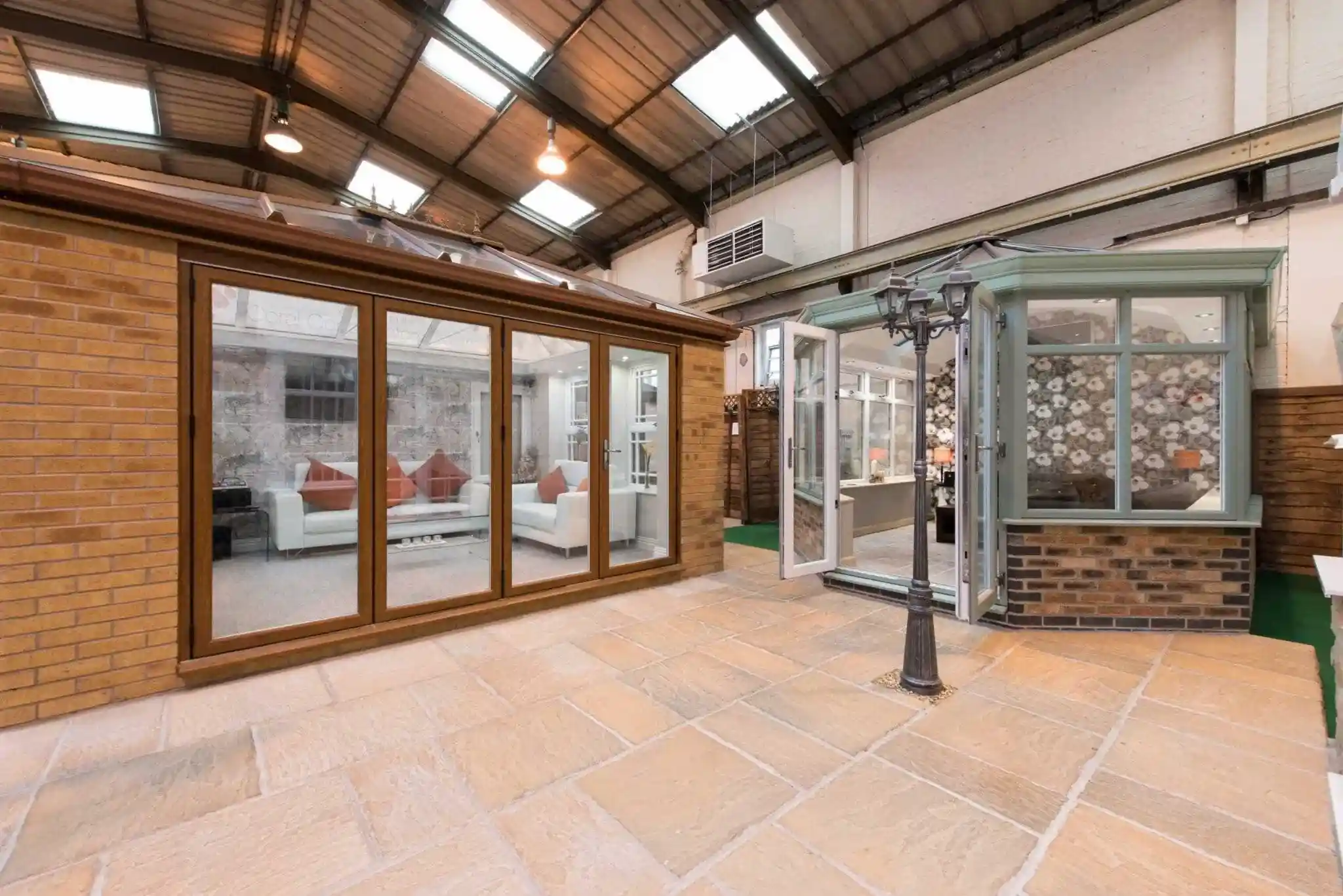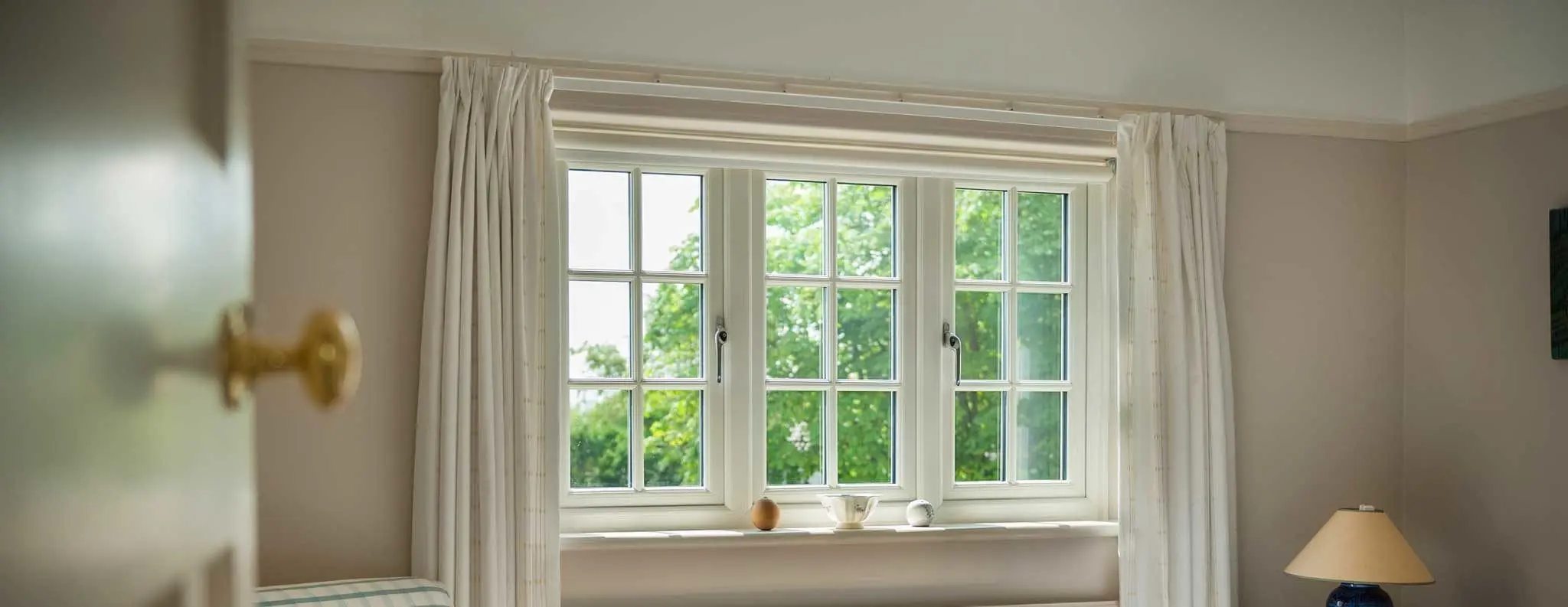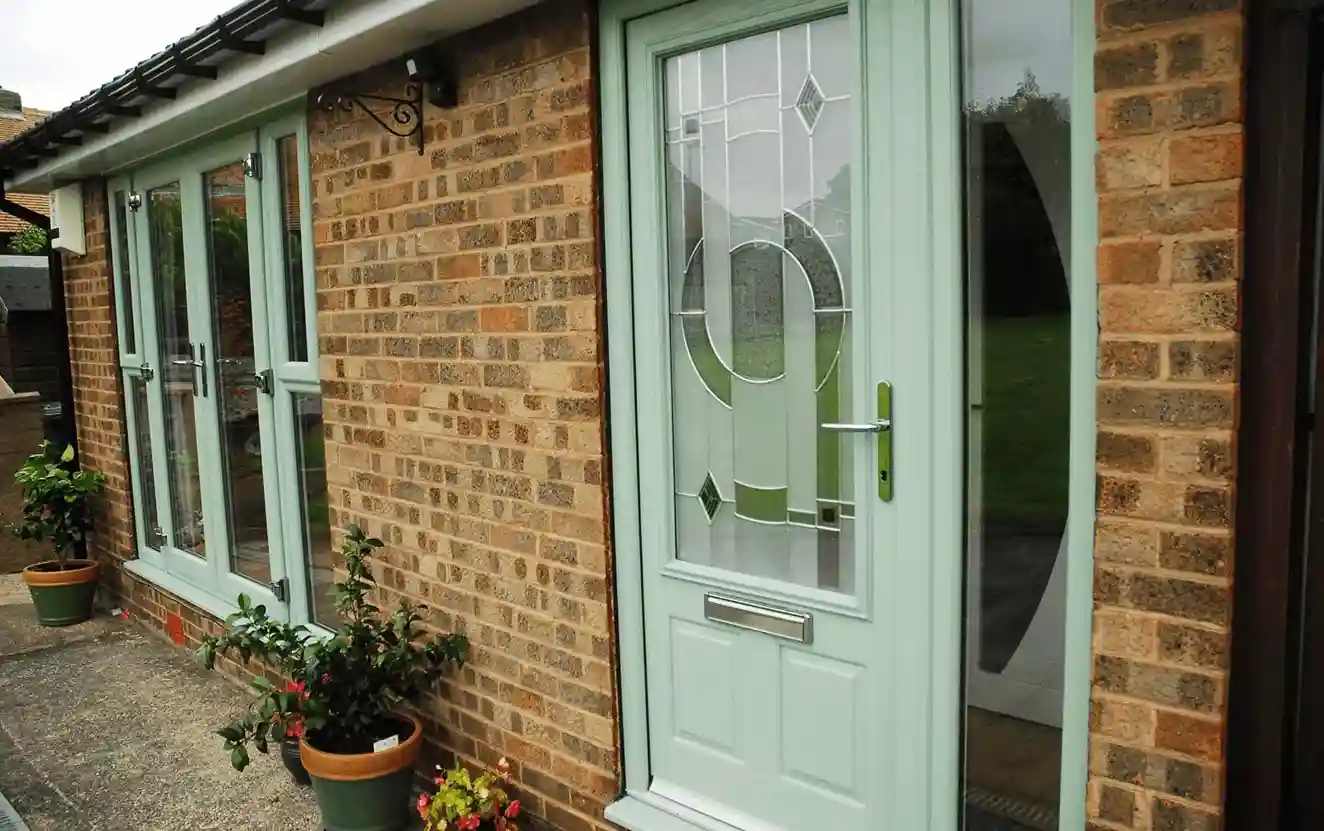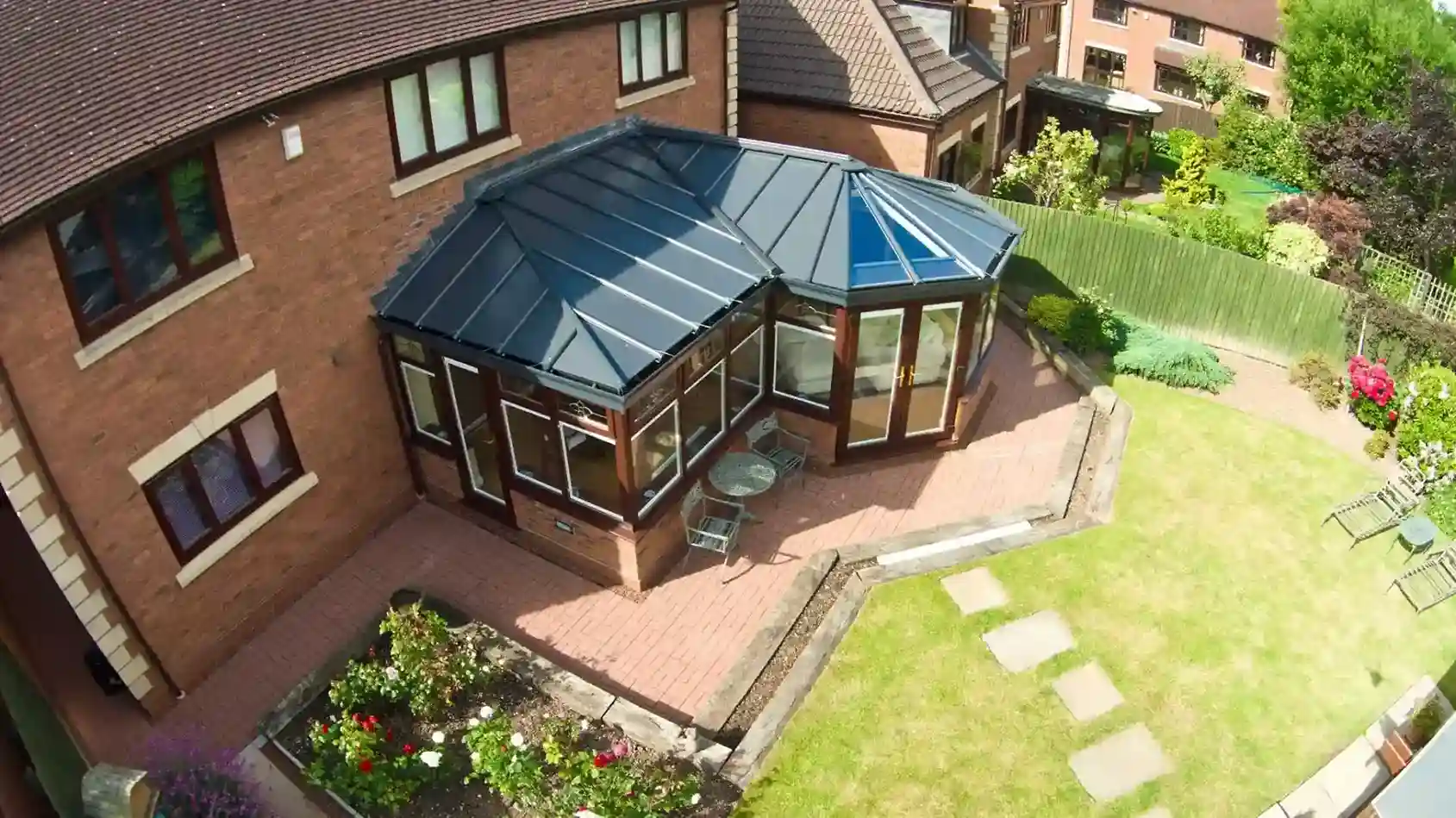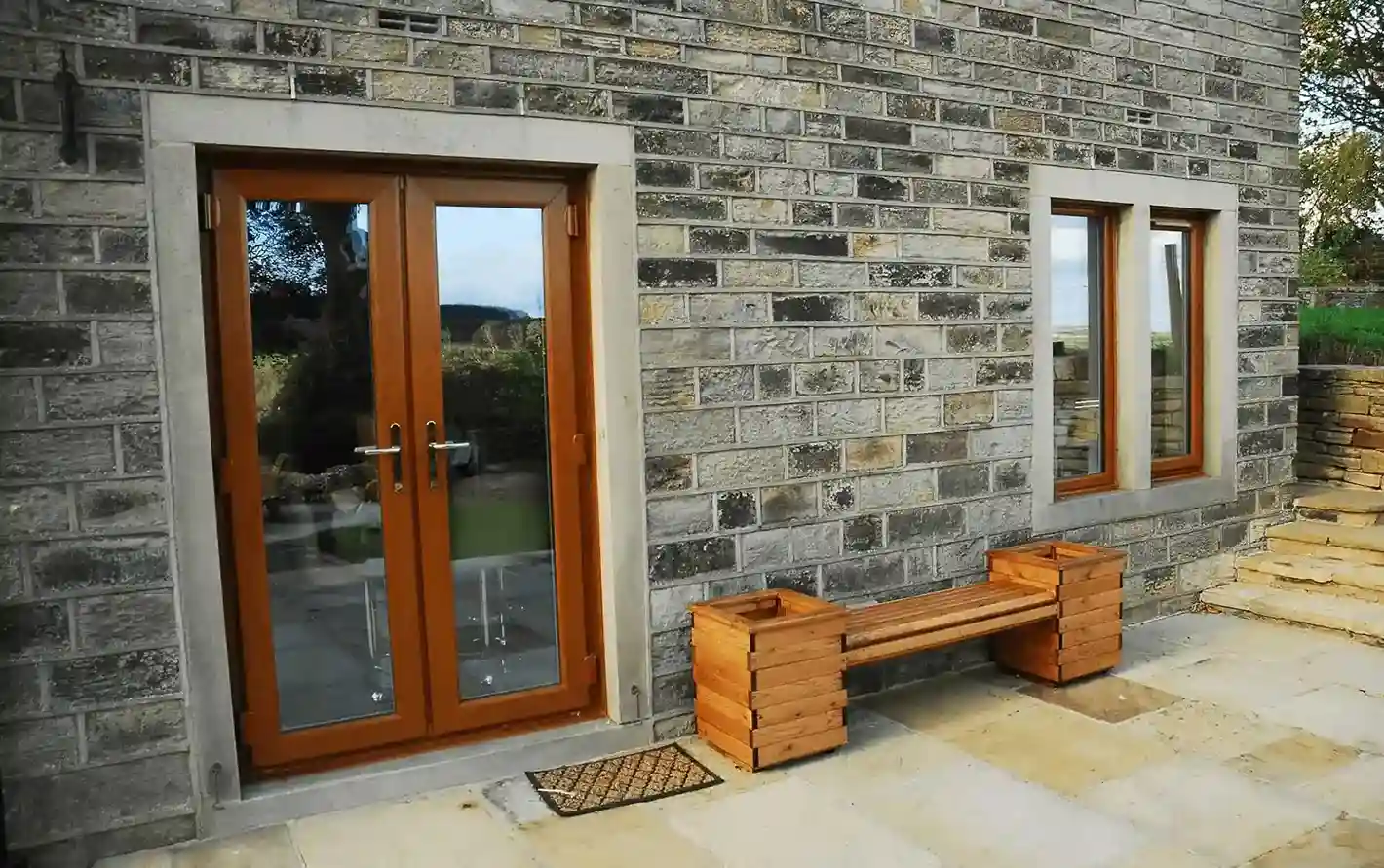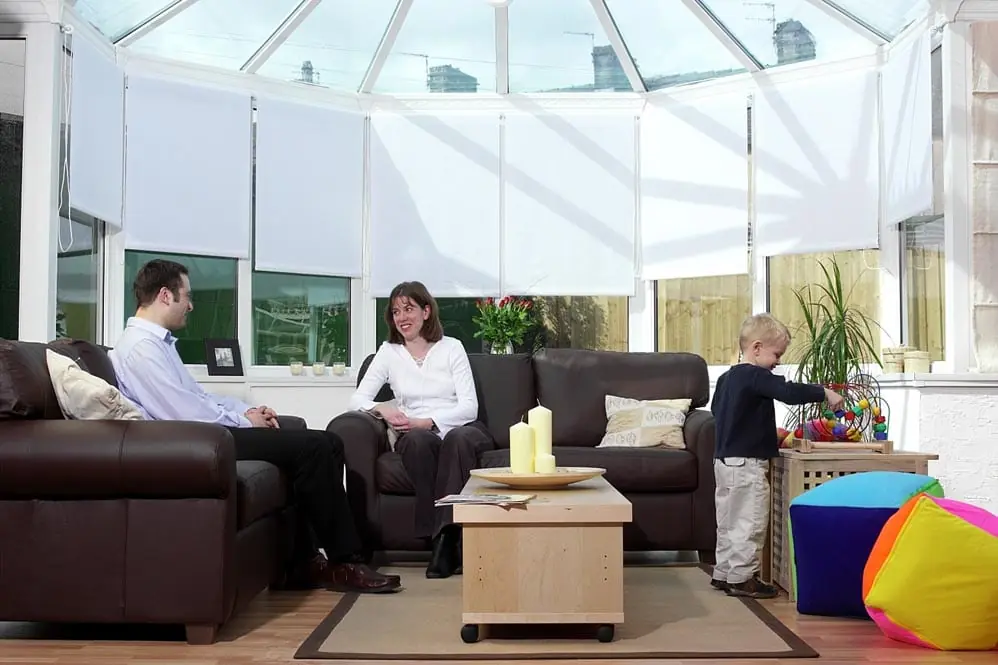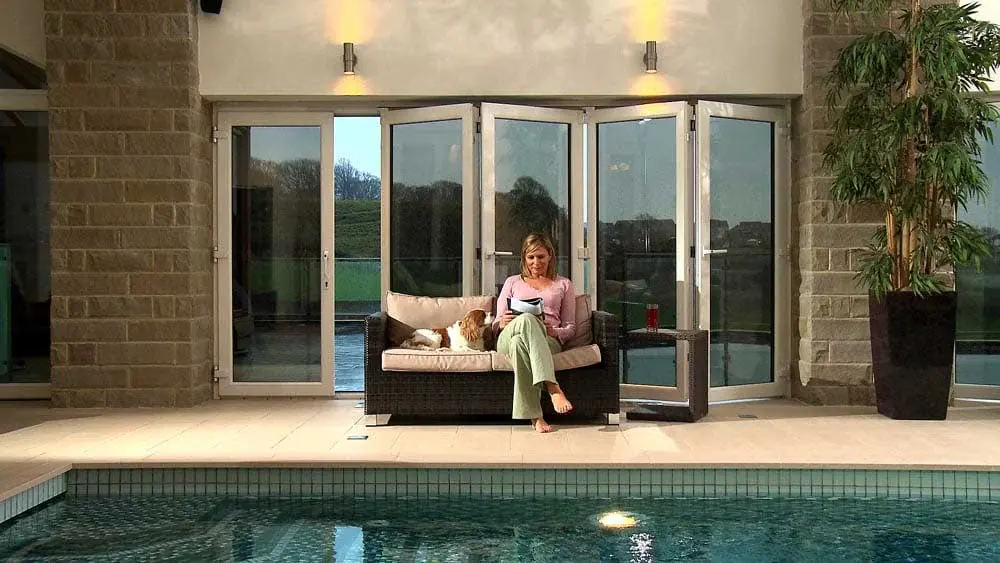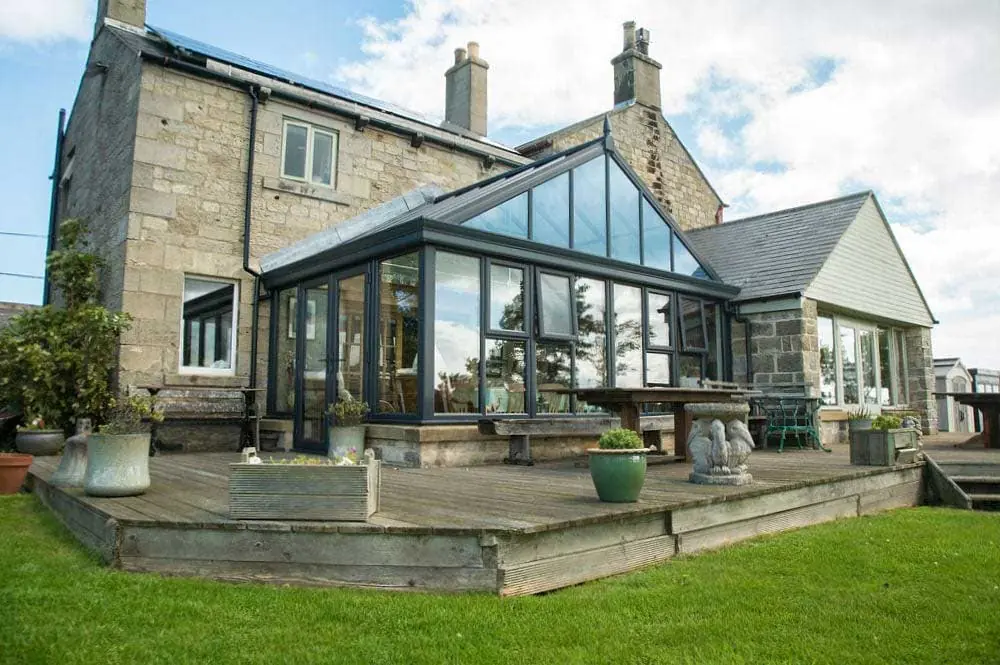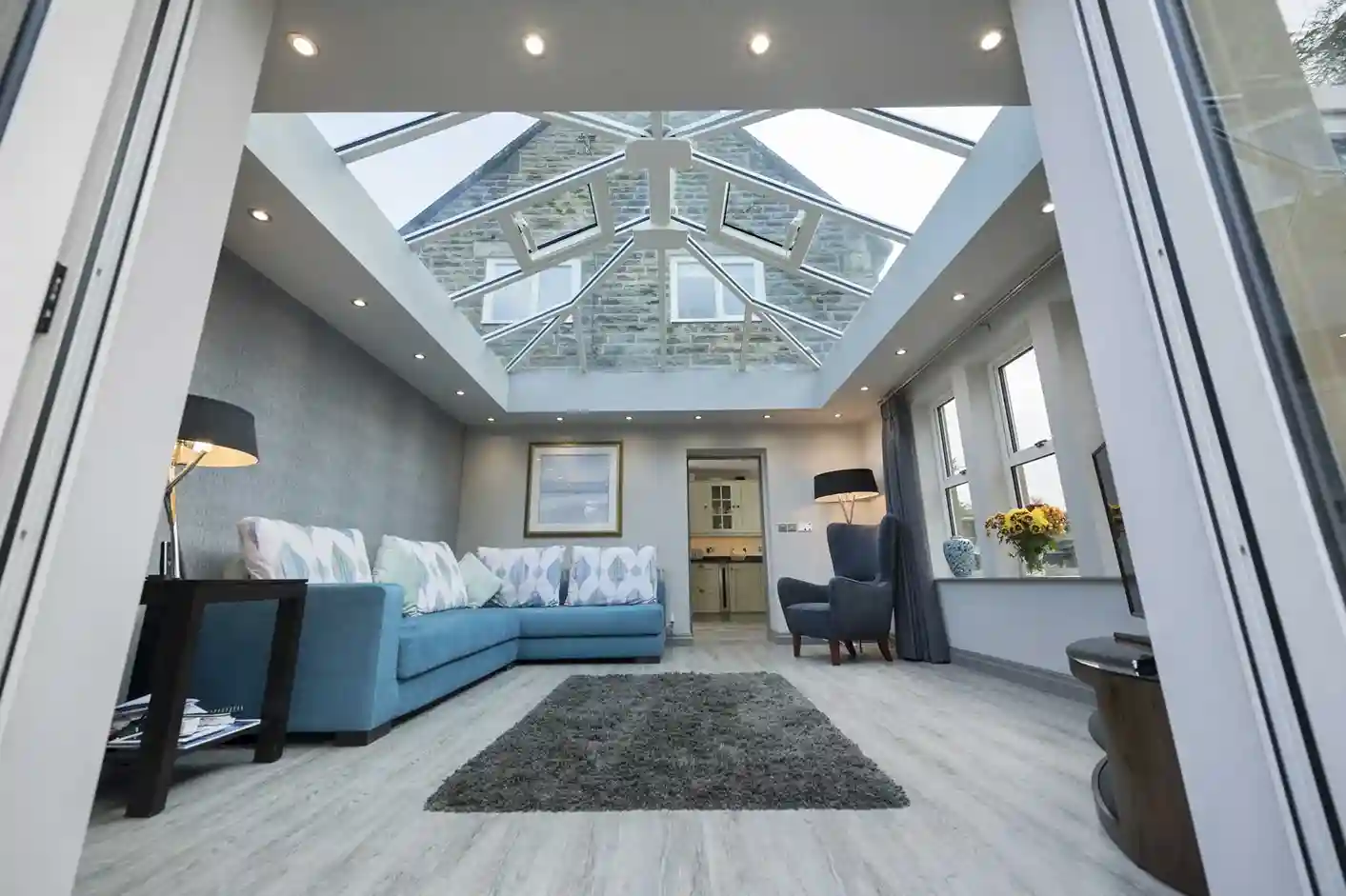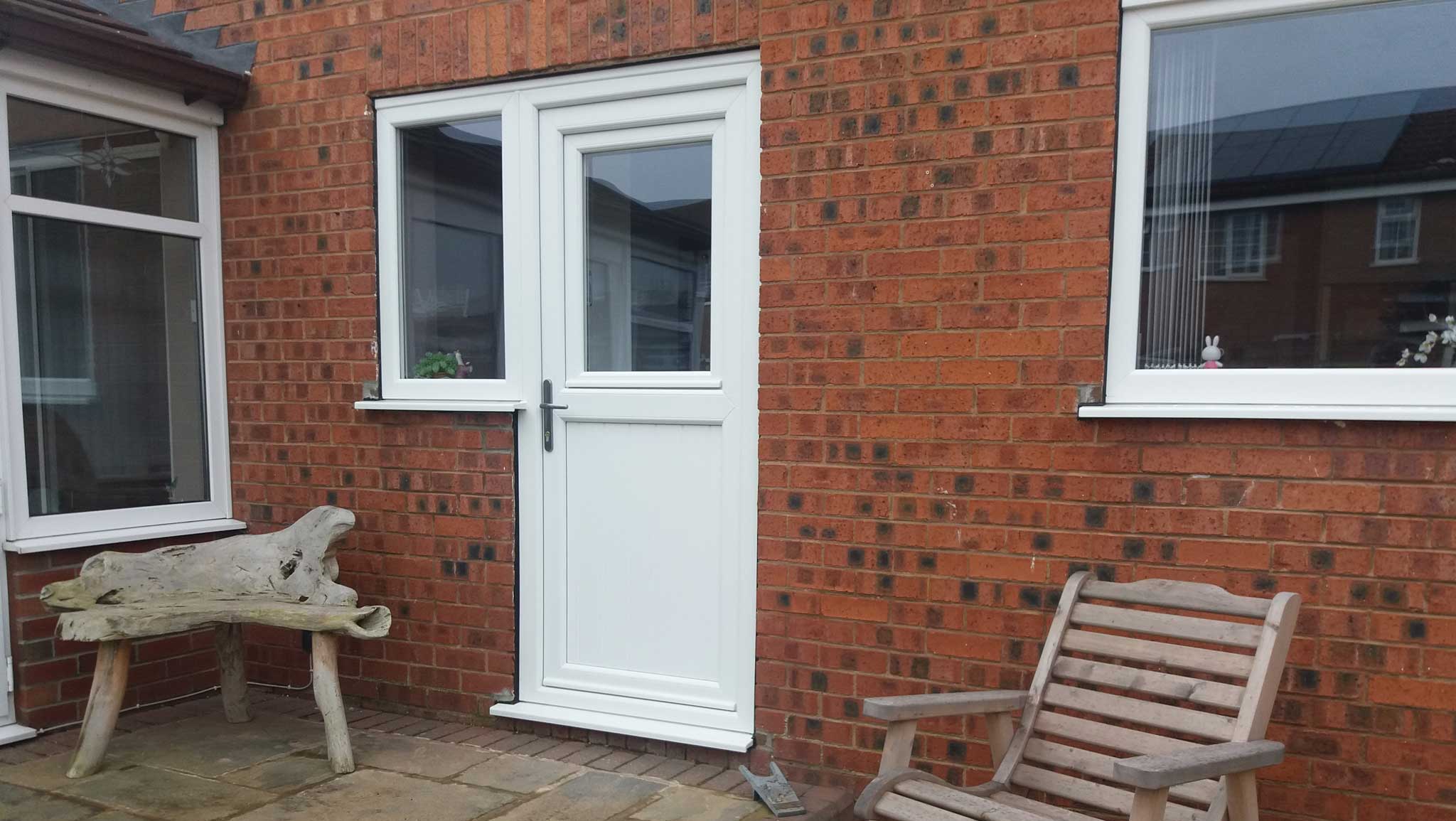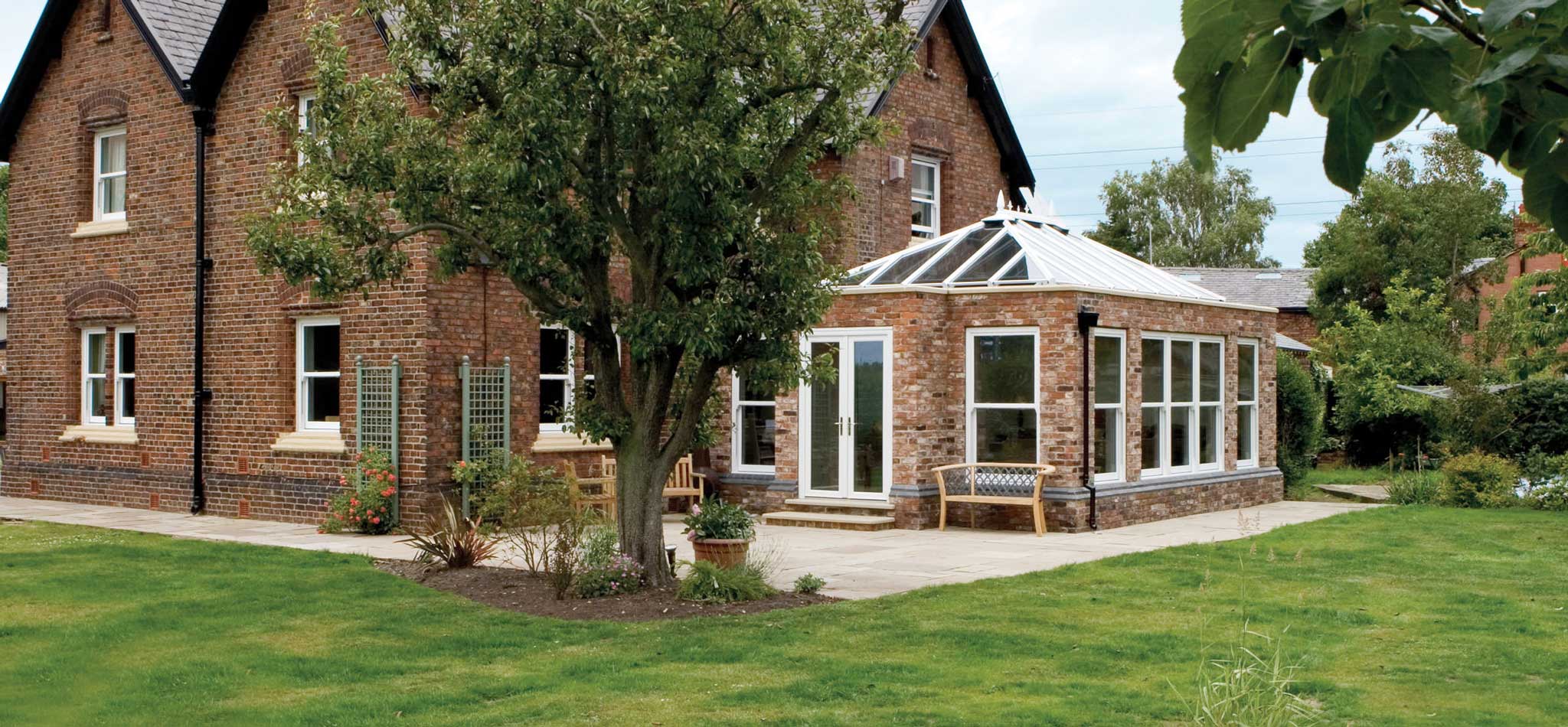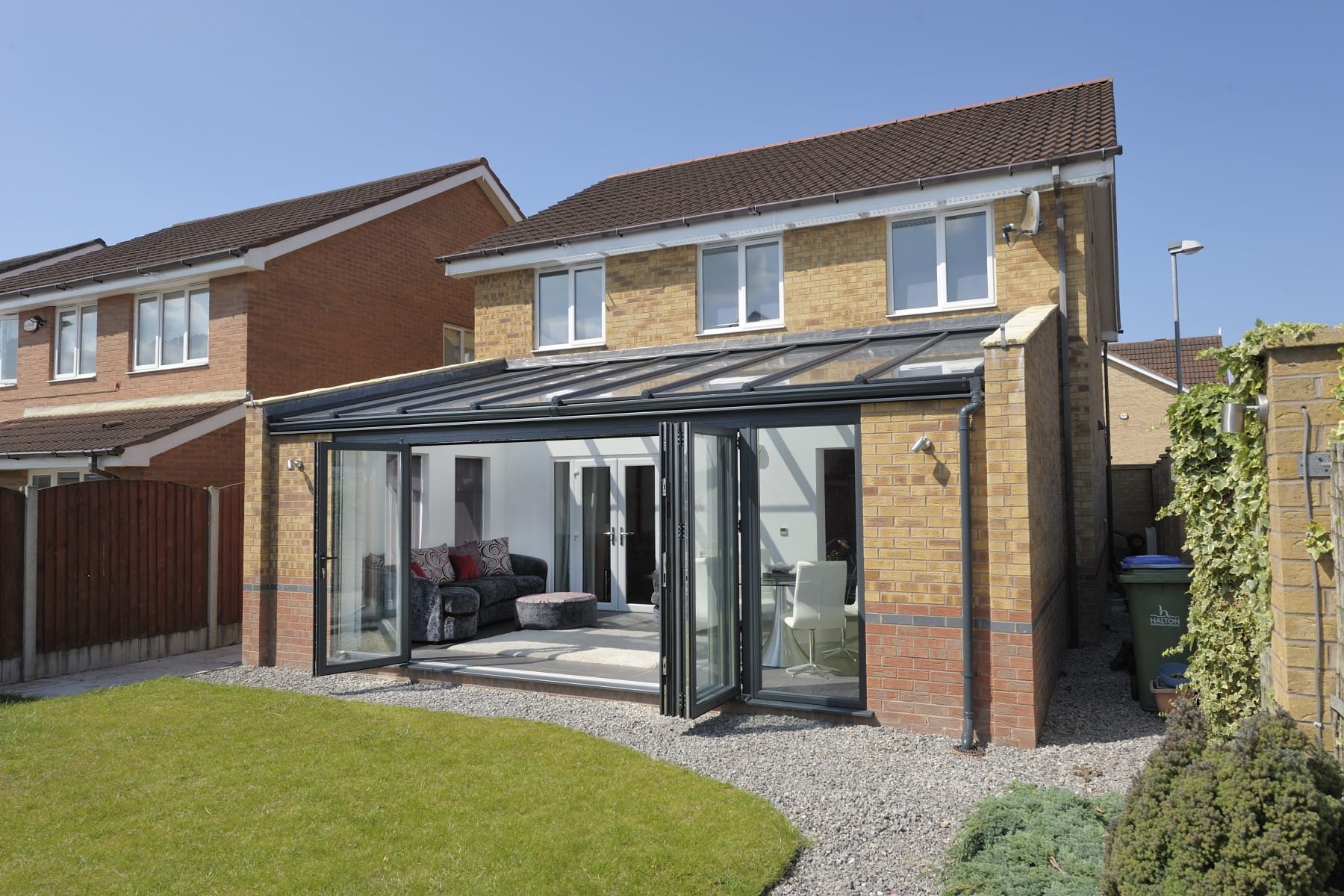Condensation: Is It Possible To Get Rid of It?
You know that cloudy film that appears on your windows, the one that drips onto the sill and spoils your view of the garden? It’s a common annoyance for homeowners across the UK. Condensation is more than just an inconvenience; left unchecked, it can lead to damp, peeling paint, and even mould growth.
So, the big question is: can you truly get rid of it?
The simple answer is yes, but only if you tackle the problem at its source. Condensation is the visible symptom of an imbalance in your home environment. To beat it for good, you need a smart, dual strategy: managing the air and insulating the glass.
The condensation triangle: warm air meets cold glass
To get rid of condensation, you first need to understand where it comes from. It’s created by a perfect storm of three elements:
- Moisture when is released by everything from cooking and showering to breathing and drying clothes indoors.
- Warm air, as this warm air holds the moisture (water vapour).
- Lastly a cold surface, when that warm, moisture-heavy air hits a cold surface, like a chilly window pane, it instantly releases the moisture, turning it into water droplets. That’s your condensation.
If you have old single-glazed windows, or even early double-glazing, the internal glass surface is often cold enough to be a condensation magnet during the winter months.
Quick fixes: managing the air in your home
Tackling condensation starts with reducing humidity and improving airflow. Simple everyday habits can make a big difference: run an extractor fan (and close the door) while showering or cooking, or open a window wide for 15 minutes afterwards if you don’t have one. Keep lids on boiling pots and pans to stop excess steam filling the room, and whenever possible, dry clothes outside. If you have to dry laundry indoors, use a dehumidifier or keep a window slightly open to let moisture escape. And don’t forget about trickle vents, if your modern windows have them, use them! They allow a gentle flow of air even when the window is closed, helping to manage humidity. These steps are vital, but they still don’t tackle the core issue: the cold surface of the glass itself.

The permanent solution: insulating the surface
The ultimate way to conquer condensation is to break the “cold surface” link. This is where modern, high-performance windows come in.
A quality, thermally-efficient window, such as Coral Windows’ A+ rated double or triple glazing, features multiple panes of glass separated by an insulating gap filled with inert gas. This construction works wonders by dramatically slowing the transfer of cold air from the outside to the internal pane.
The result? The inside surface of the glass stays much closer to your room temperature. Since the glass is no longer a drastically cold surface, the moisture in the air doesn’t condense onto it. Upgrading your windows is not just an aesthetic choice; it’s the most effective, permanent anti-condensation solution available, simultaneously improving your home’s security and insulation.
If you install new, highly-efficient windows and notice moisture on the outside of the glass on cold mornings, don’t panic! This is actually proof your windows are working perfectly. The glass is so well-insulated that no internal heat is escaping to warm the outer pane, allowing dew to form naturally. It’s the sign of a thermally performing window.
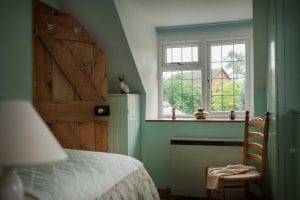
When Condensation Signals a Real Problem
While internal window condensation is a symptom of high humidity, seeing moisture between the panes of your double-glazed unit is a clear danger sign.
Condensation inside the sealed unit means the unit’s hermetic seal has failed, allowing moisture-laden air to seep into the gap. This compromise in the seal instantly destroys the unit’s thermal efficiency and insulation properties. If this happens, no amount of ventilation will fix it, the unit needs to be professionally replaced.
Ultimately, solving the condensation puzzle requires a dual approach: diligent air management combined with the long-term, superior performance of modern, high-quality glazing. Ready to stop wiping your windows and start permanently protecting your home? Speak to the experts at Coral Windows to explore your options for A+ rated double and triple glazing today.
Upgrade your Windows with Coral Windows
Ready to find the perfect blend of classic character and cutting-edge performance? Reach out to us today directly over the phone at 0800 669 955, request a callback by filling out our online callback form, or book a free appointment, and we can chat about your vision in person. We’re here to help you budget wisely and turn your dream home into a reality.
If you’re curious about the options available or want a quick, no-obligation online quote for windows and doors for your extension, don’t hesitate to get in touch by filling out our online quoting form. A well-thought-out house extension is not just about adding space; it’s about enhancing your lifestyle. Let Coral Windows ensure your budget reflects that!
Categories: Advice|Home Improvement

